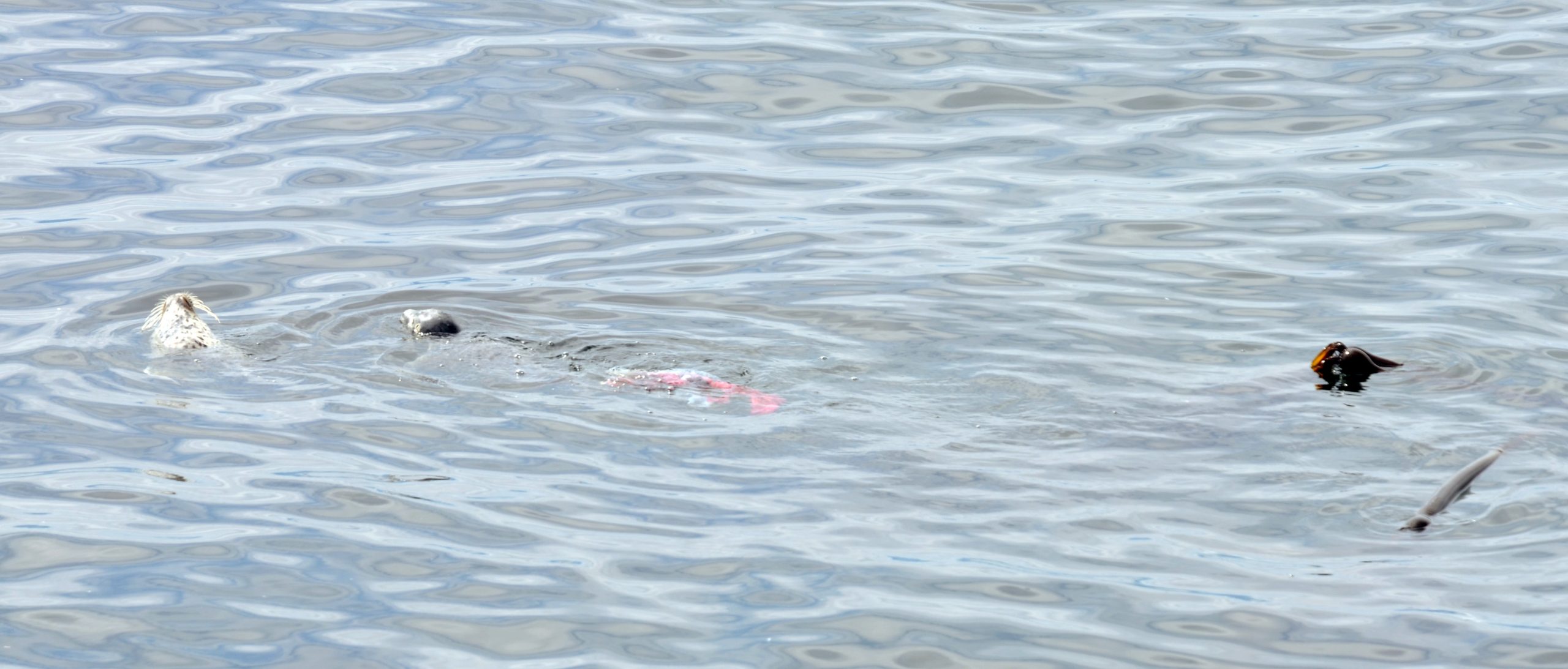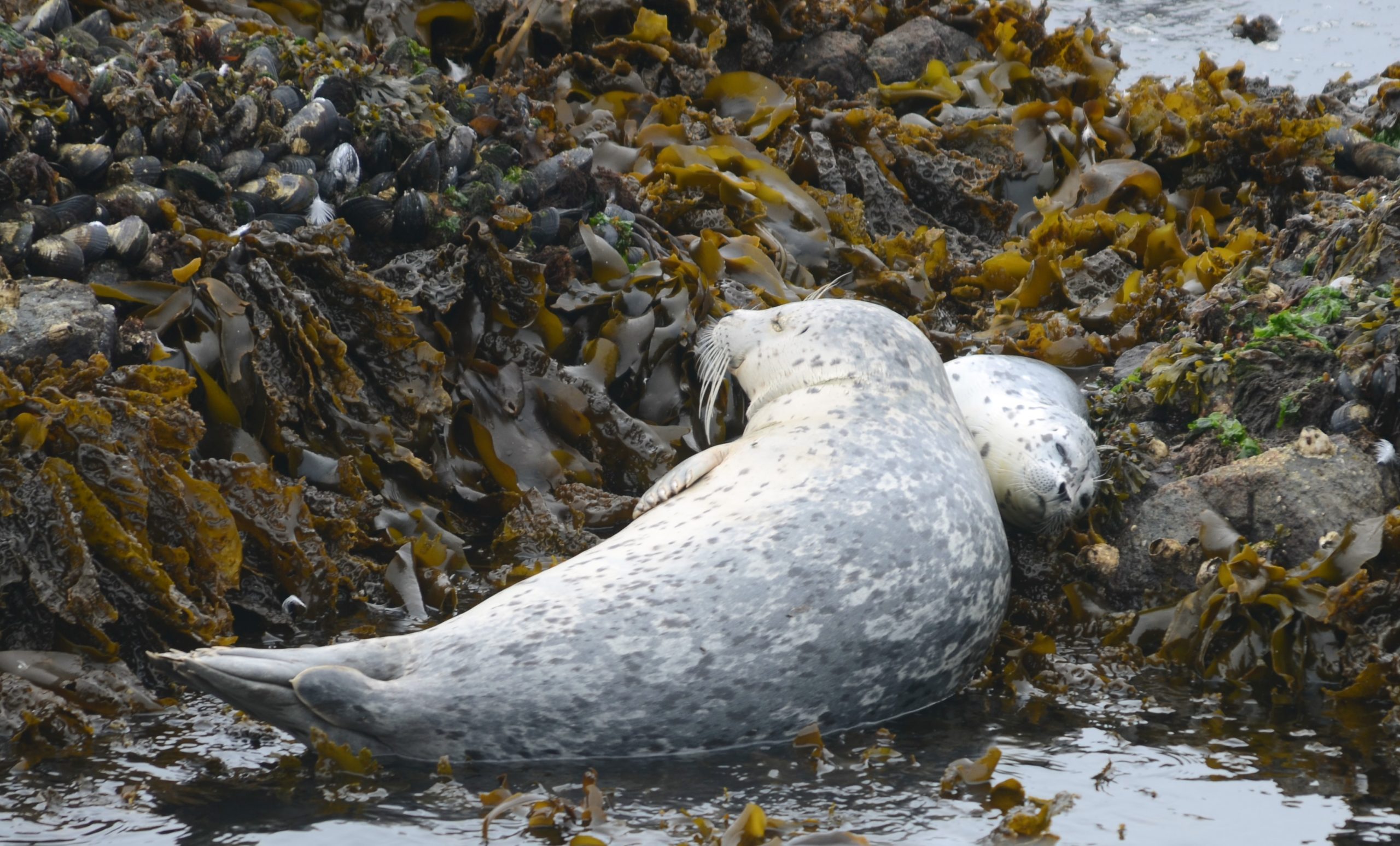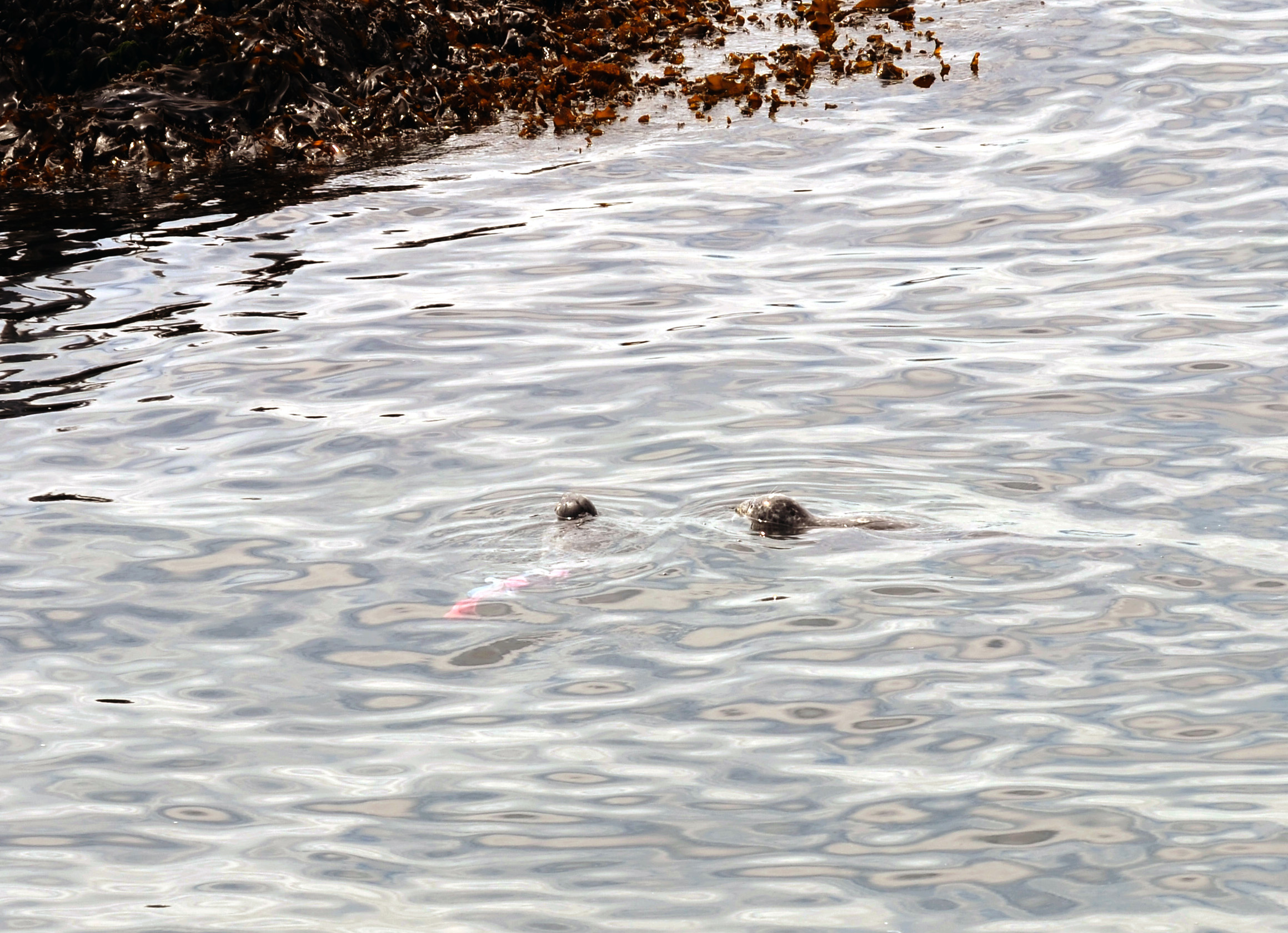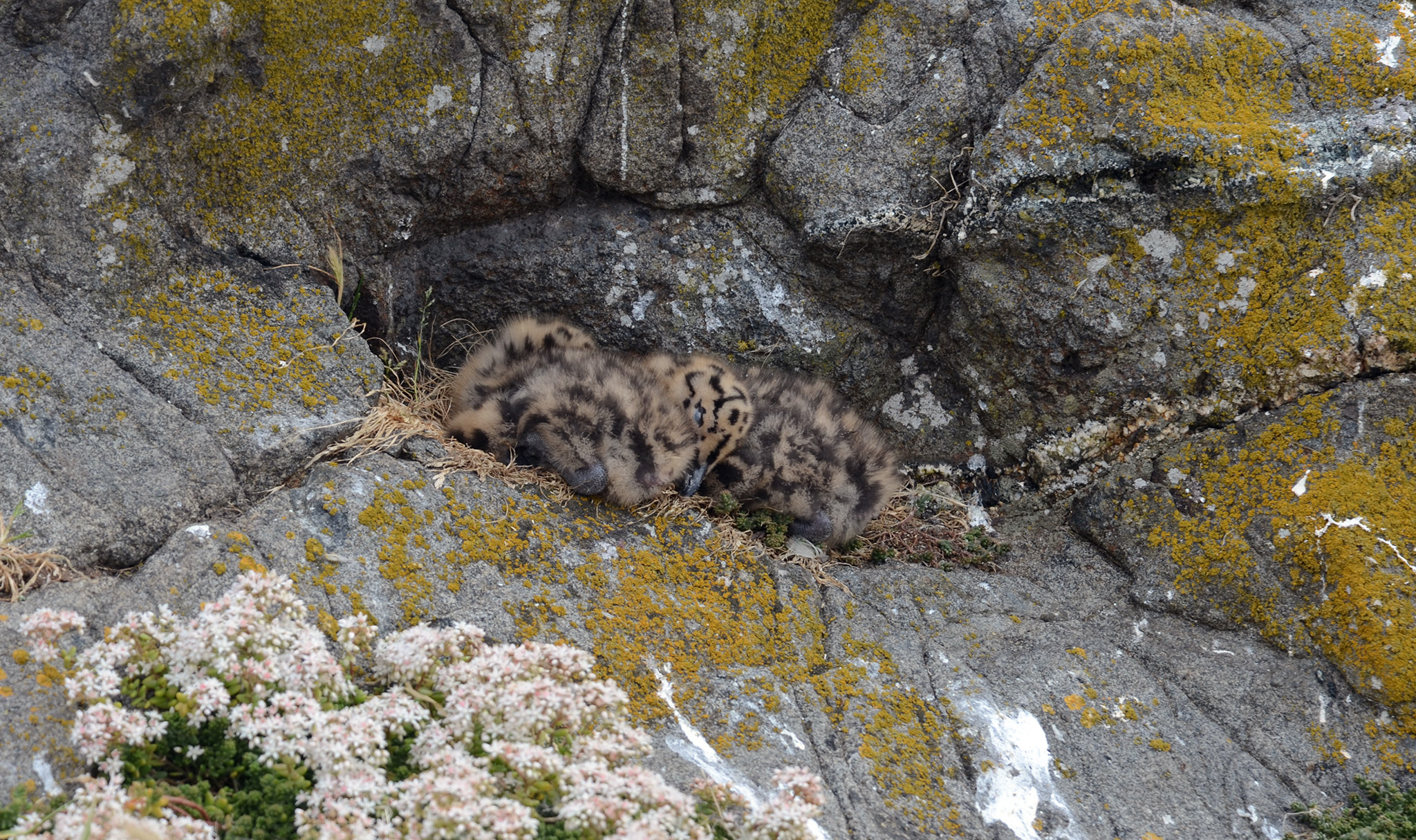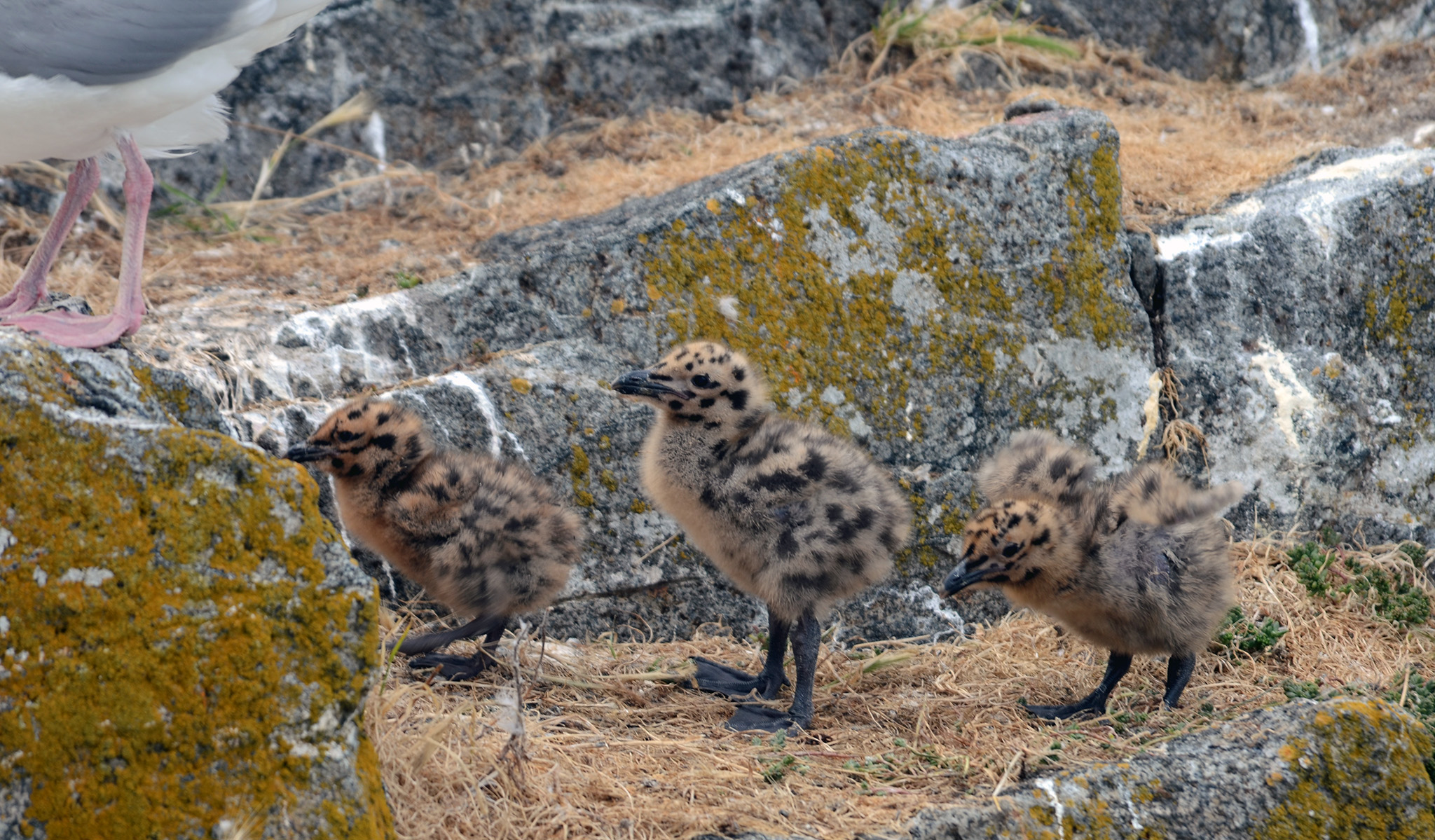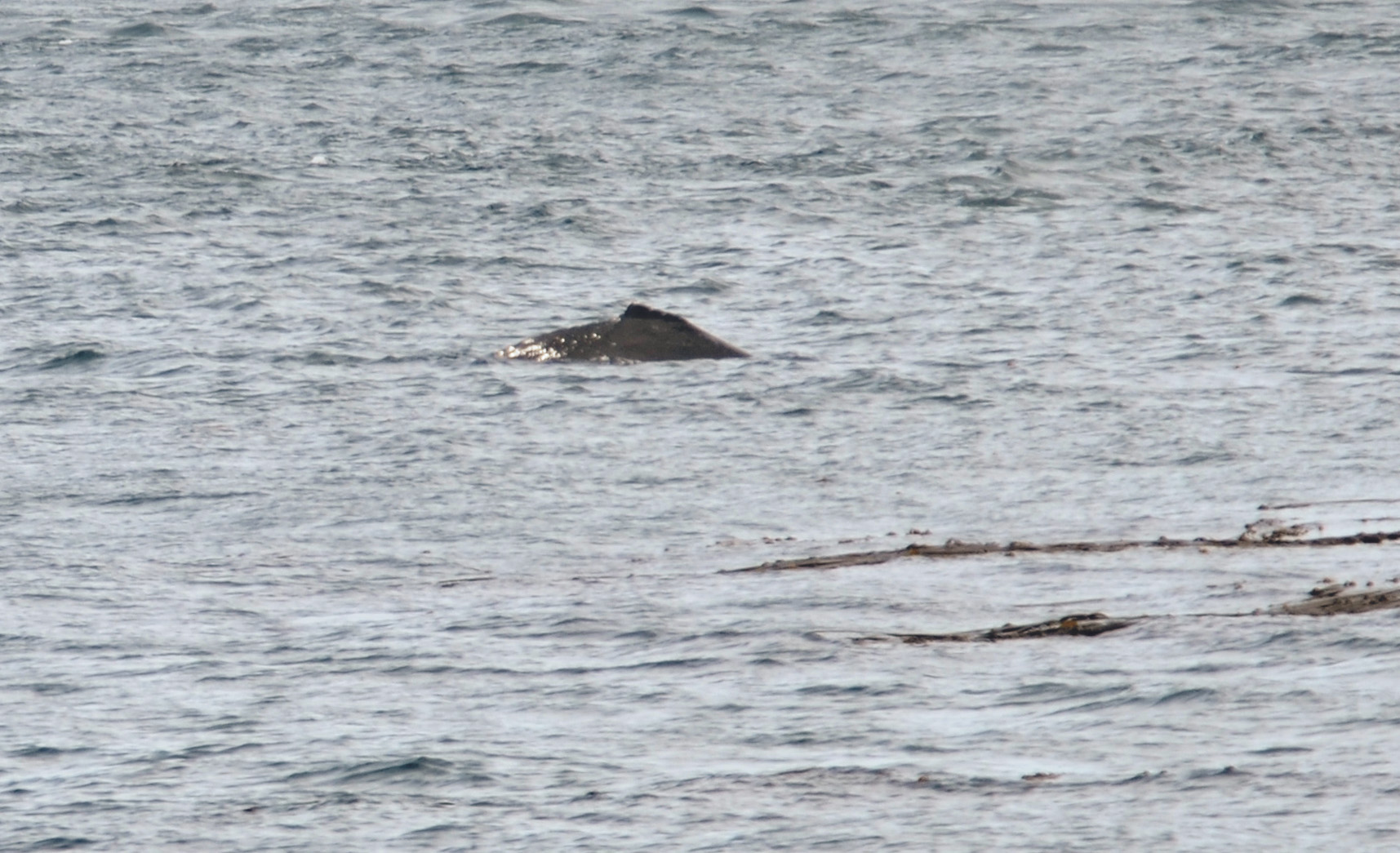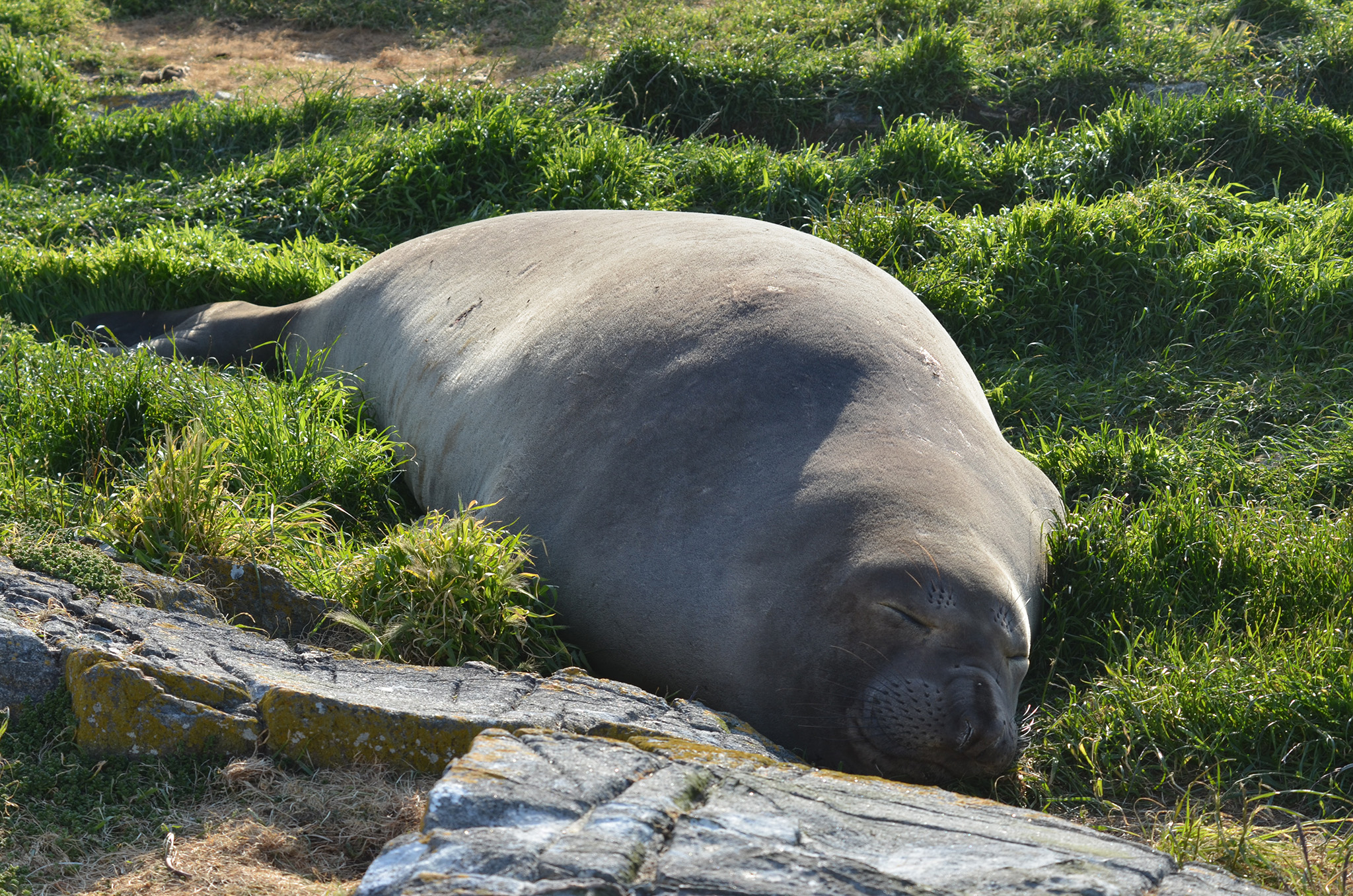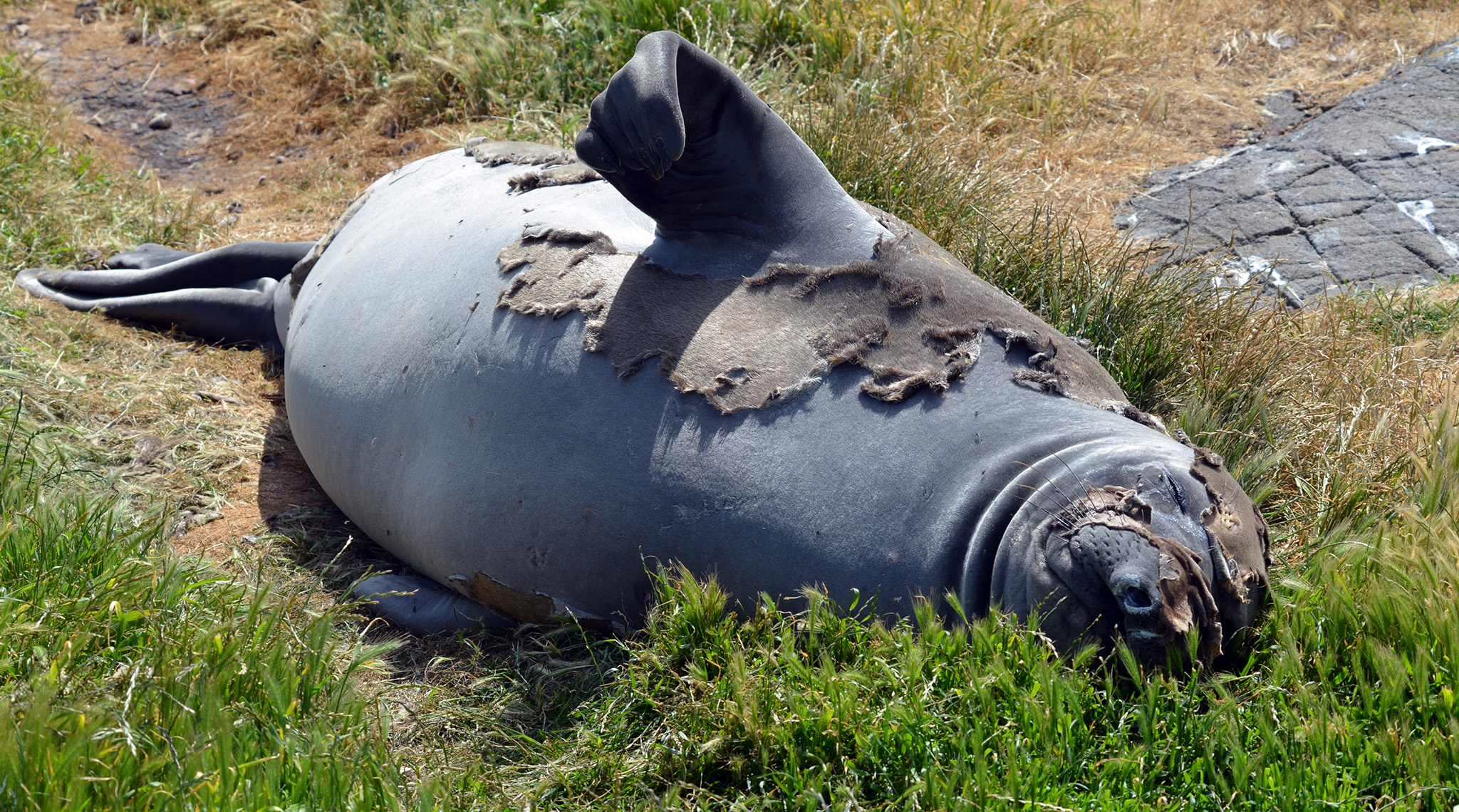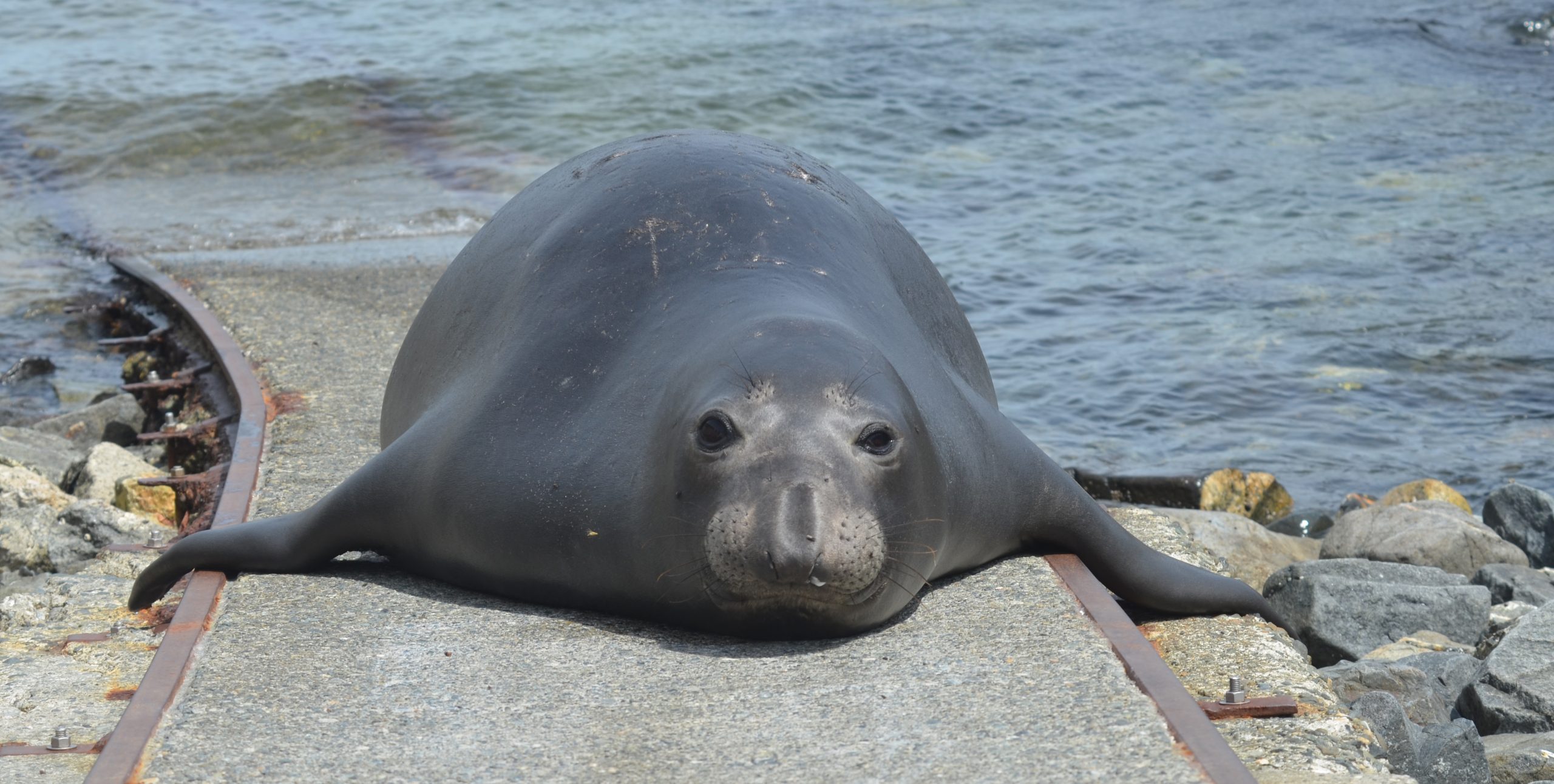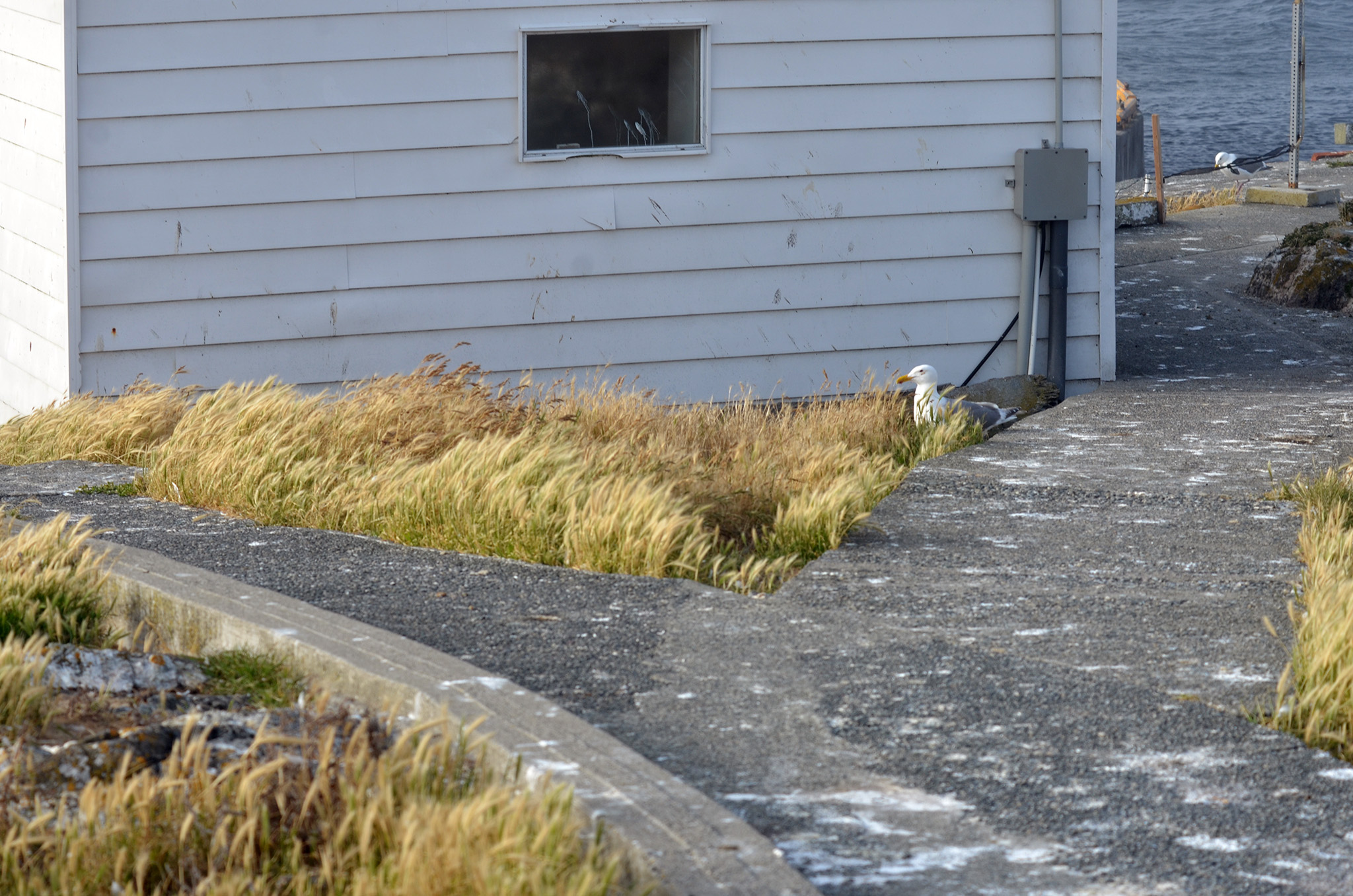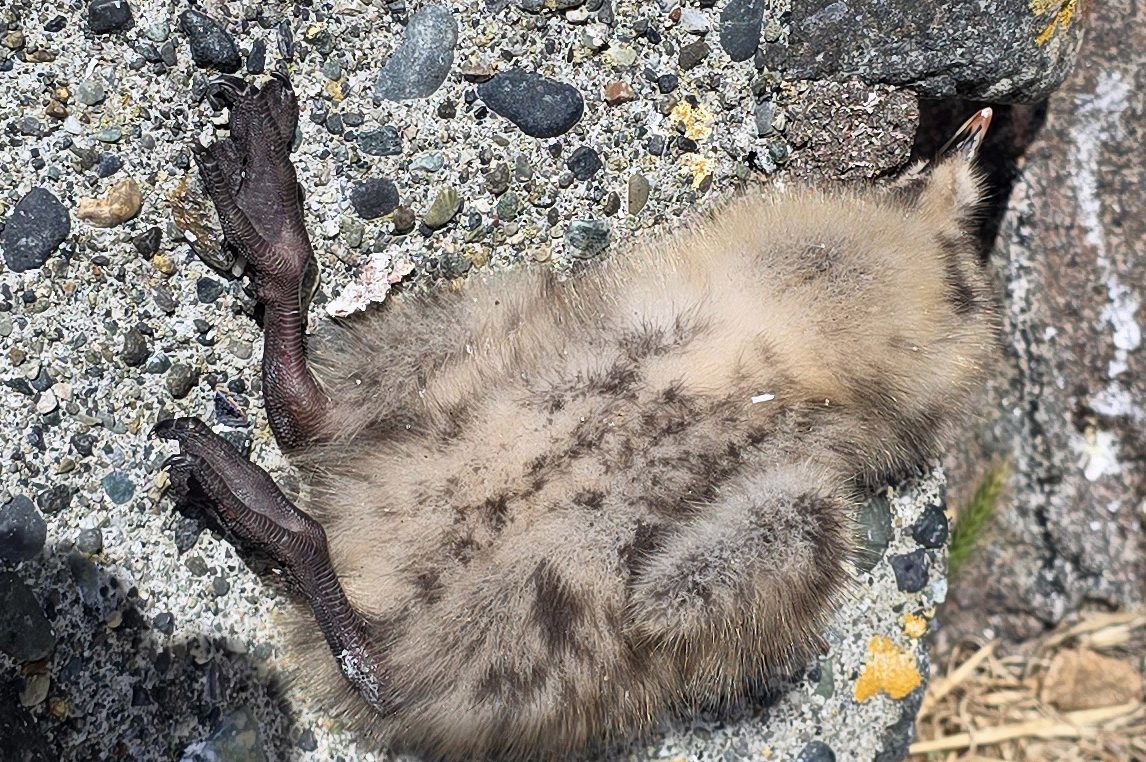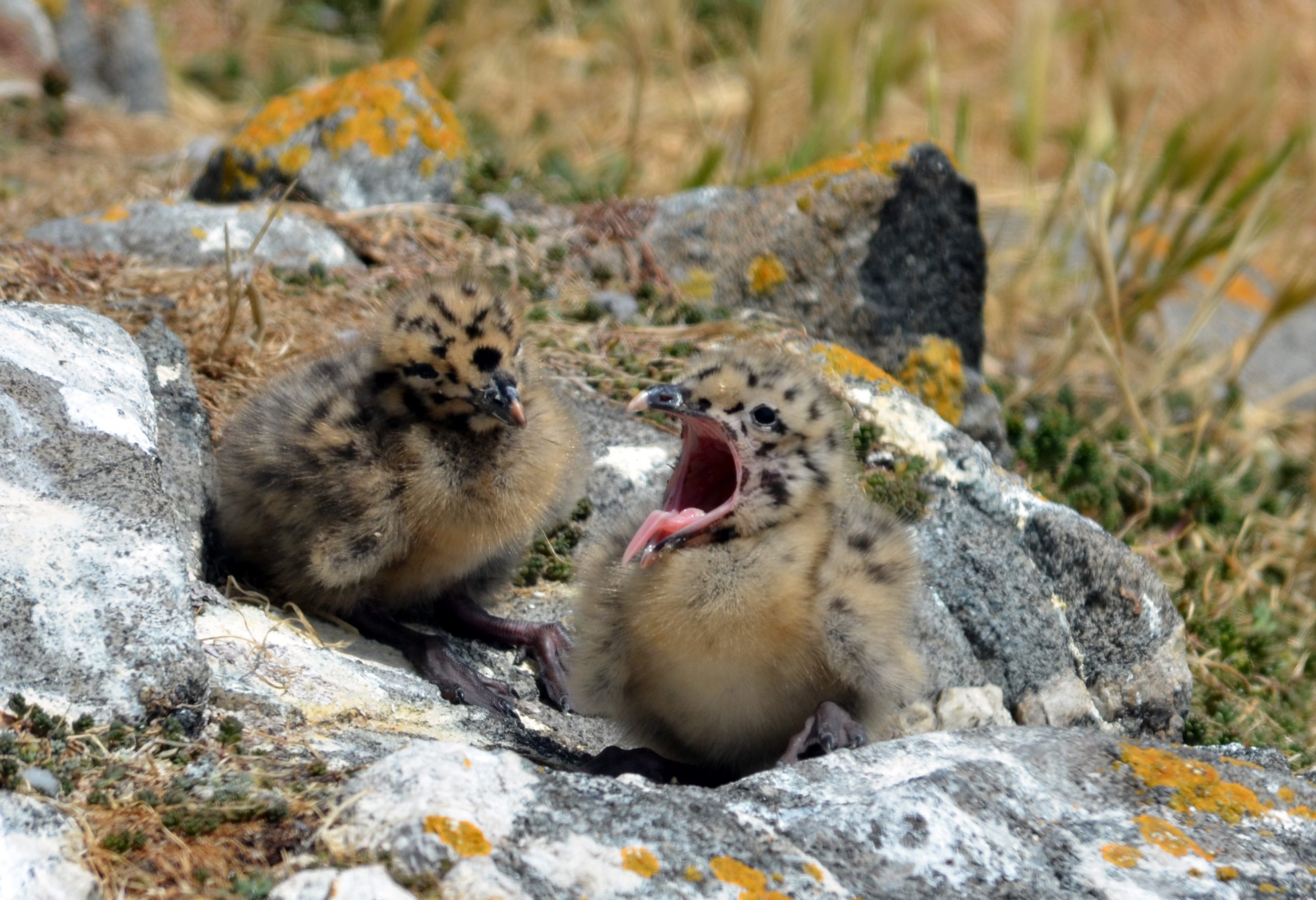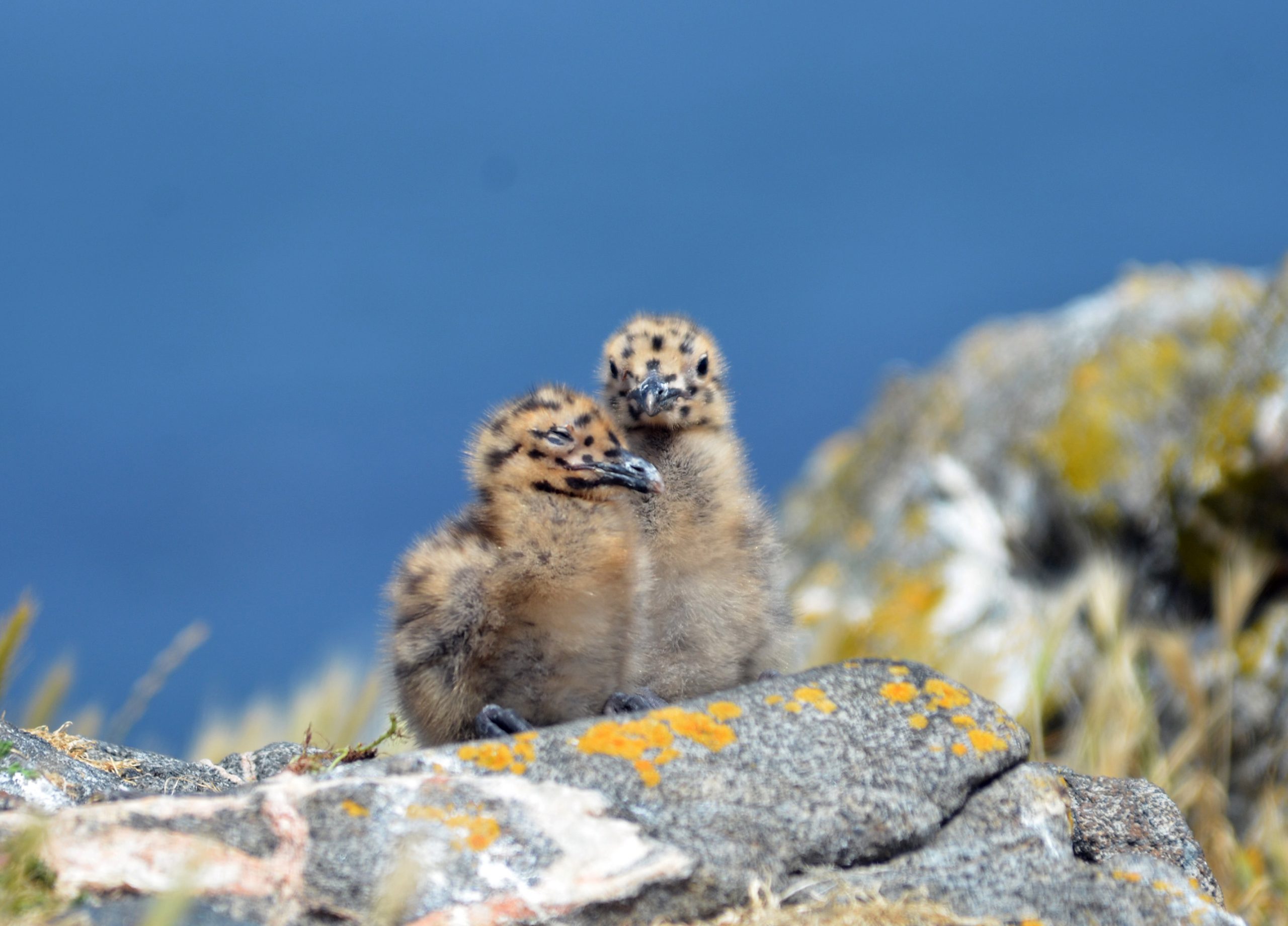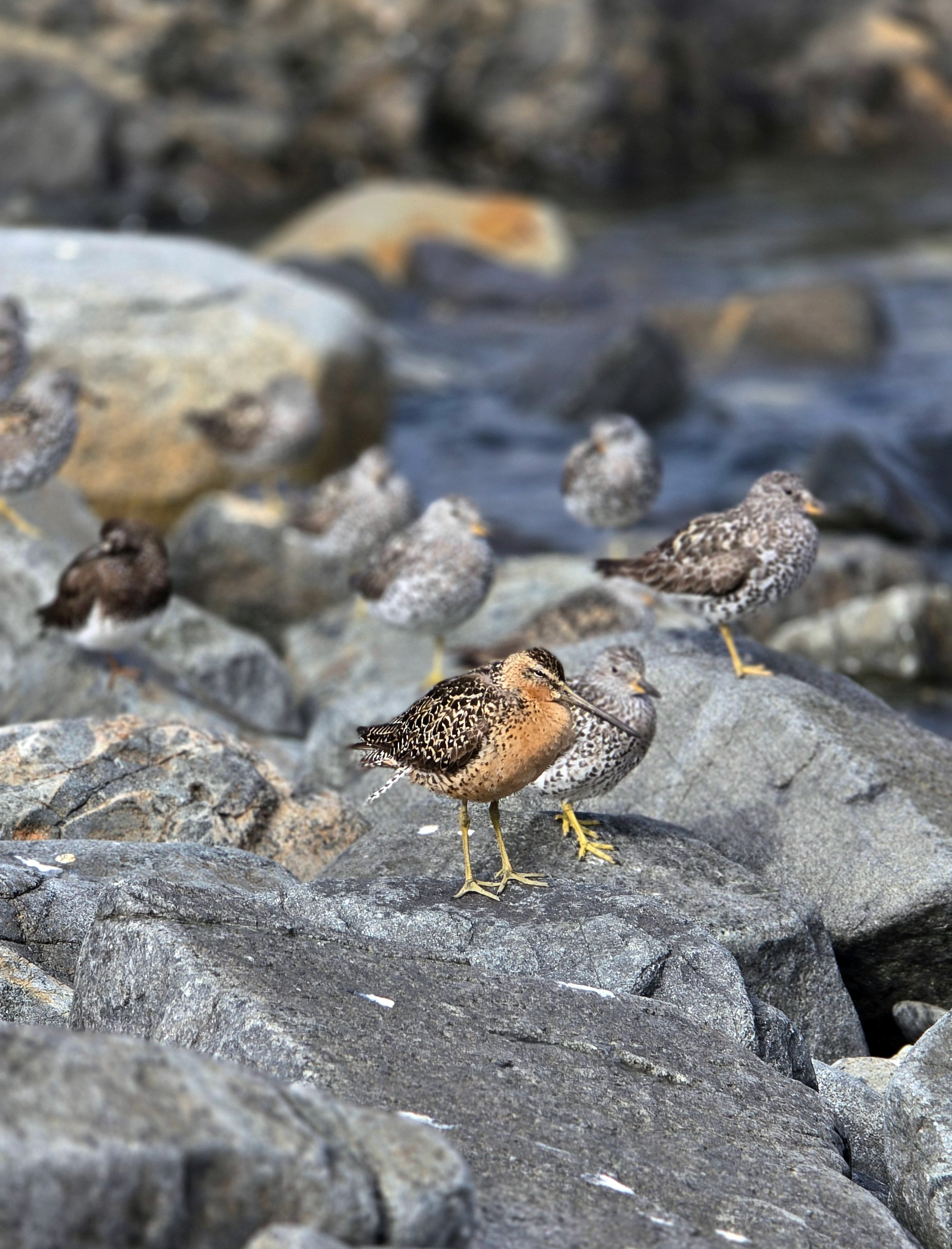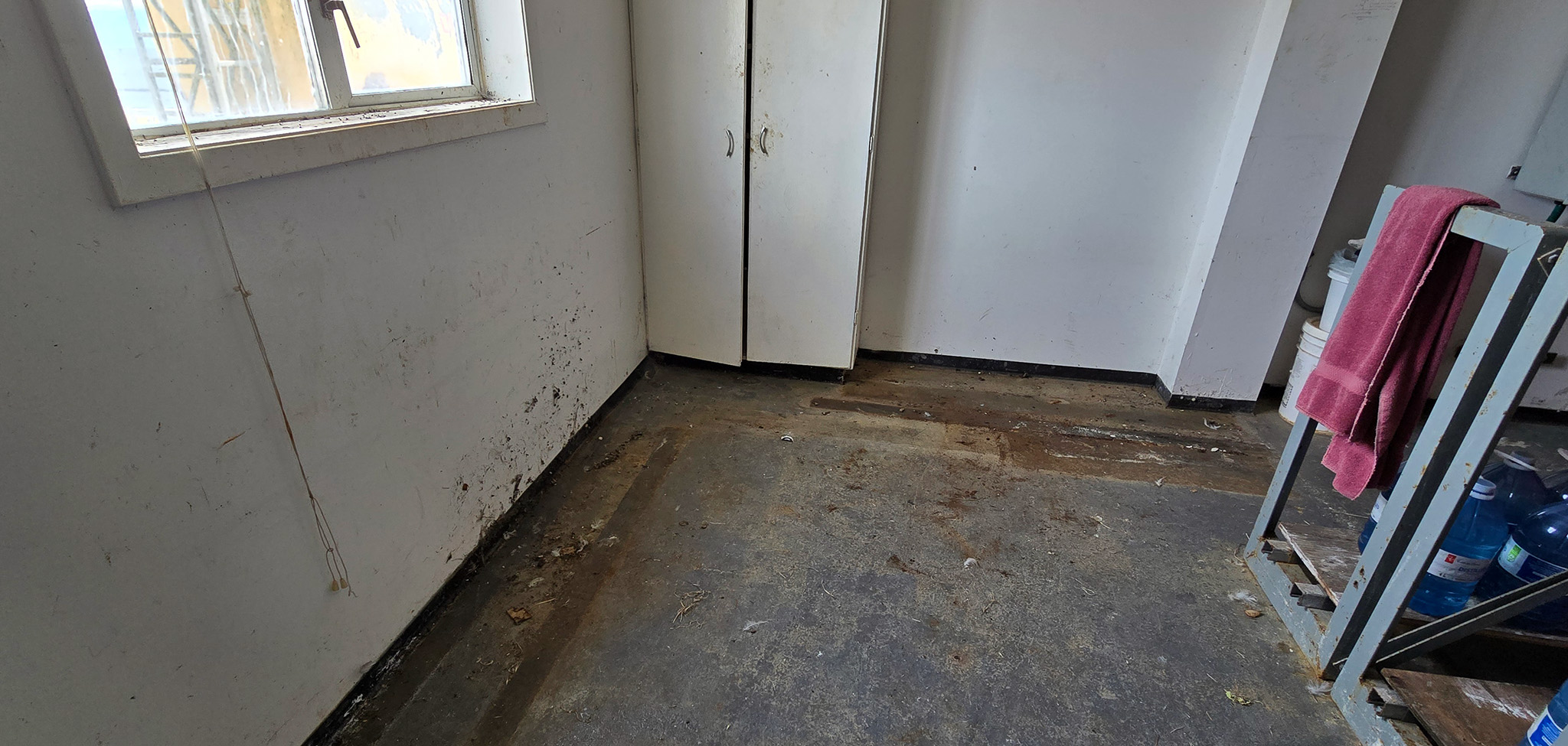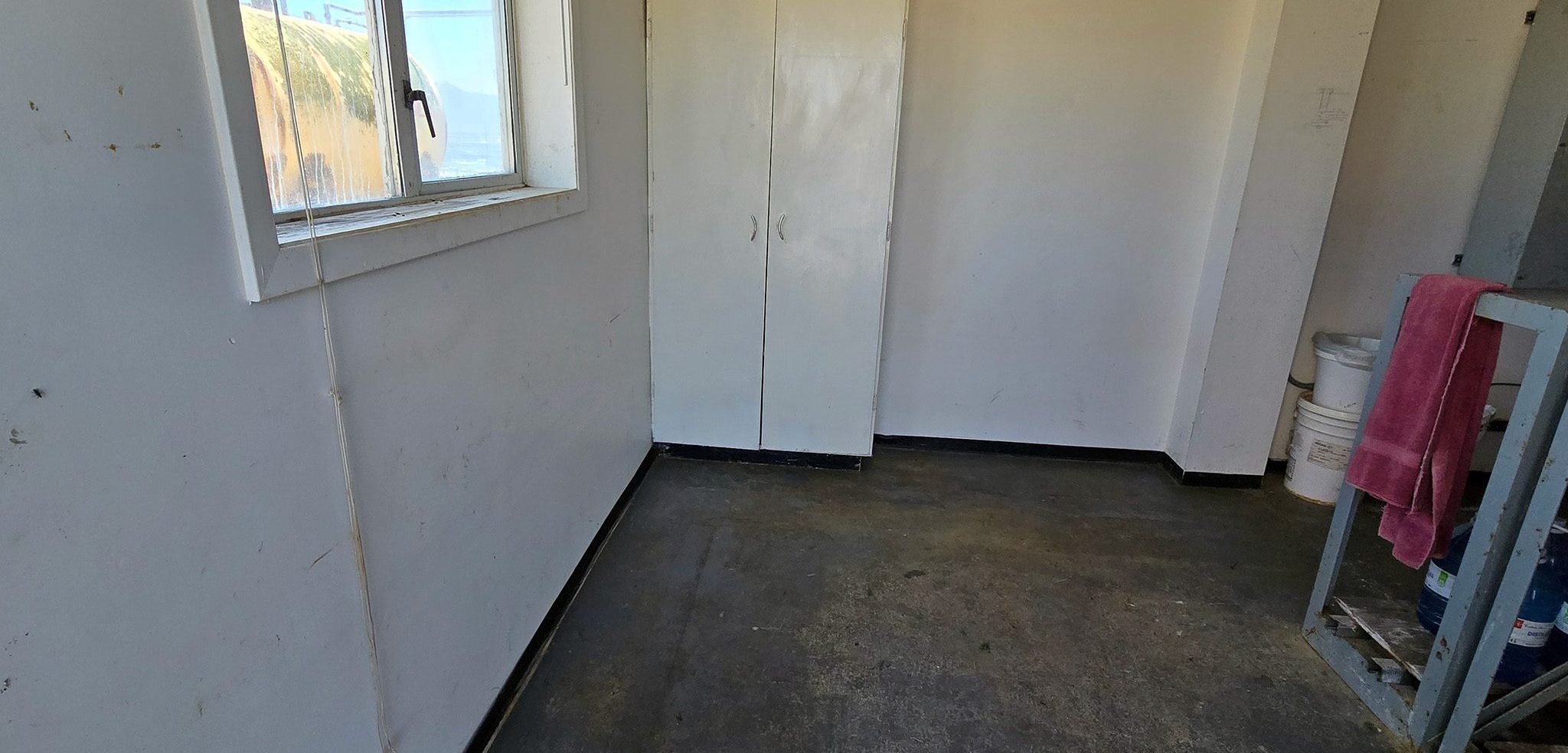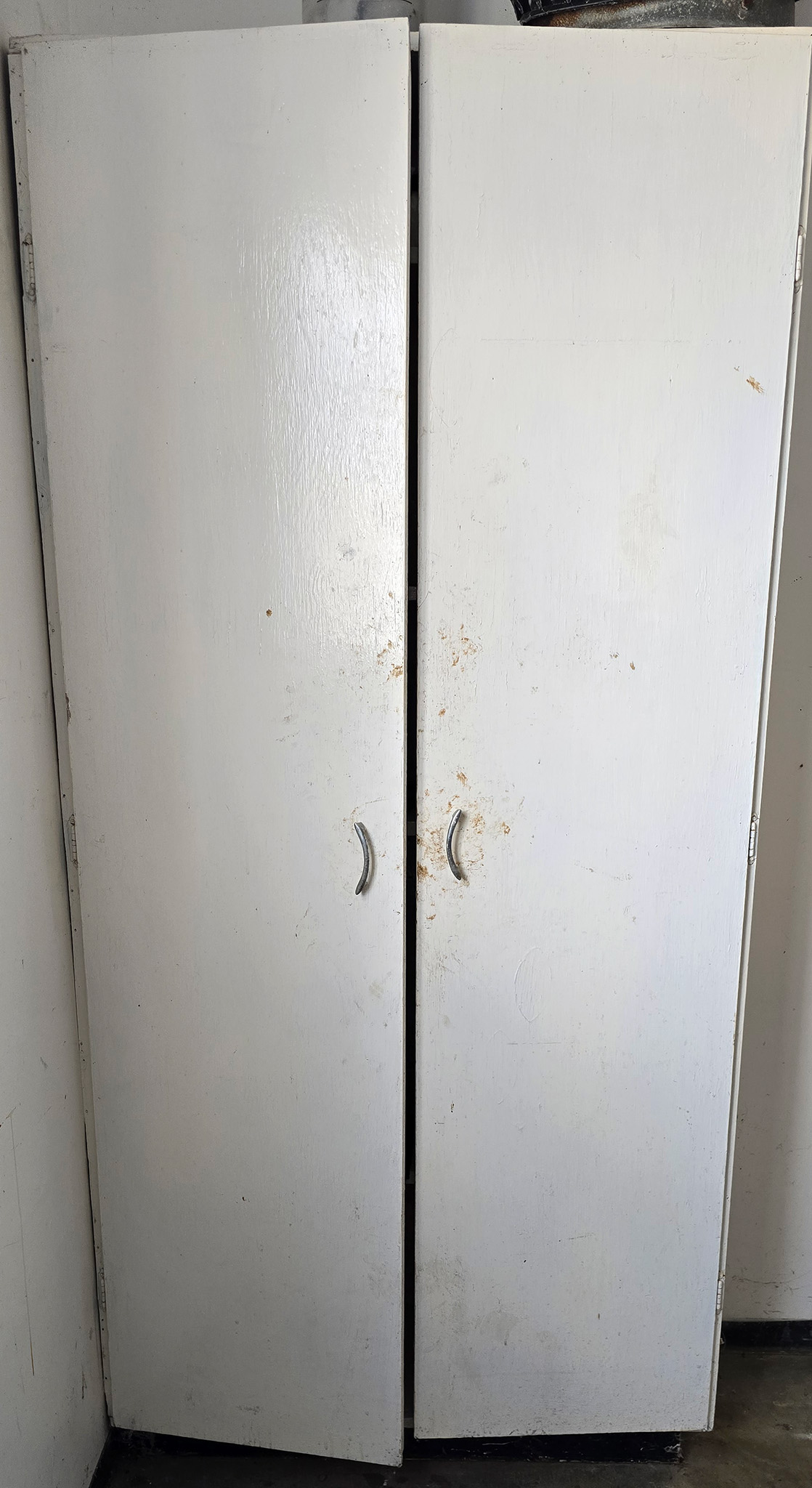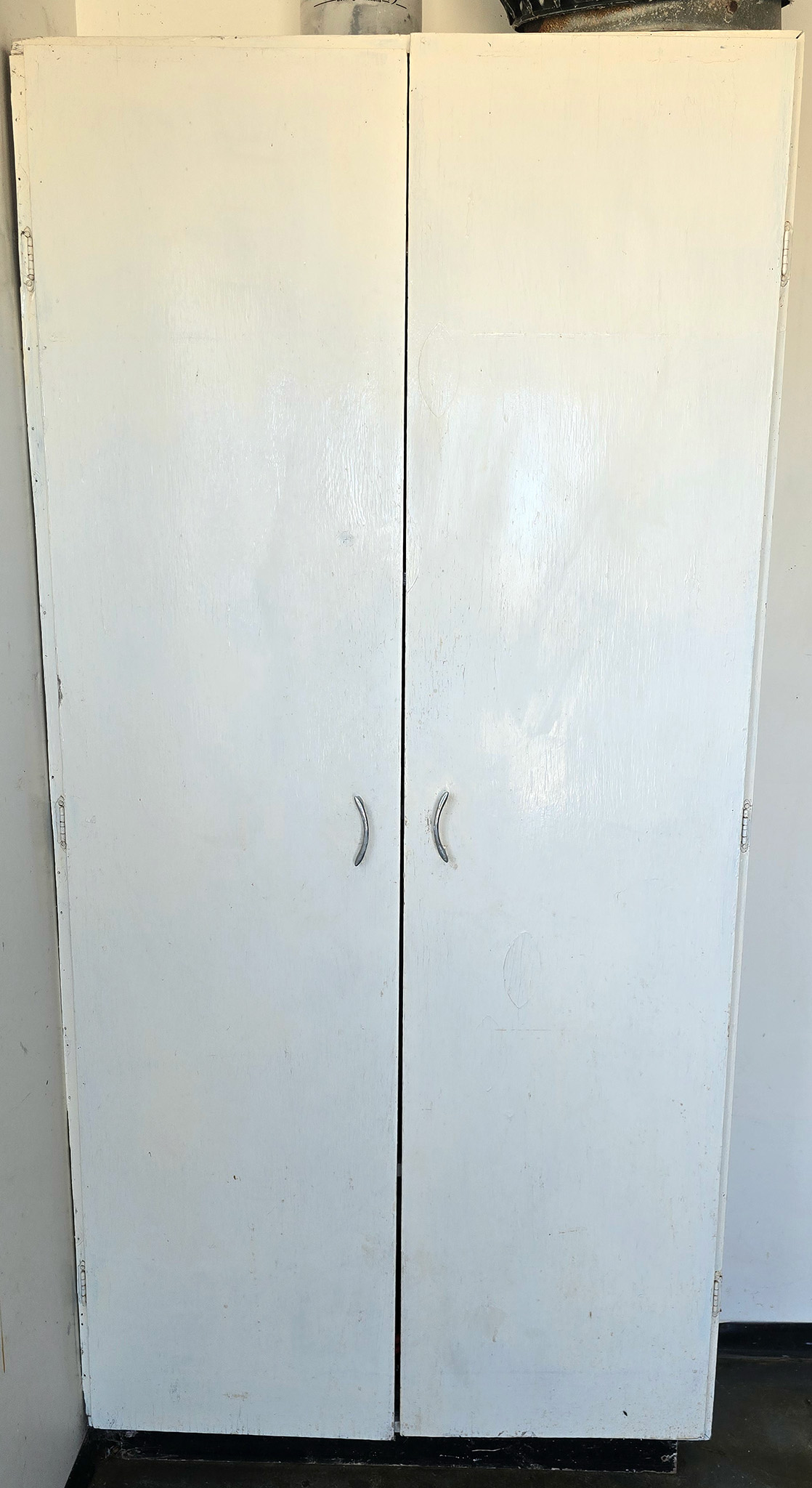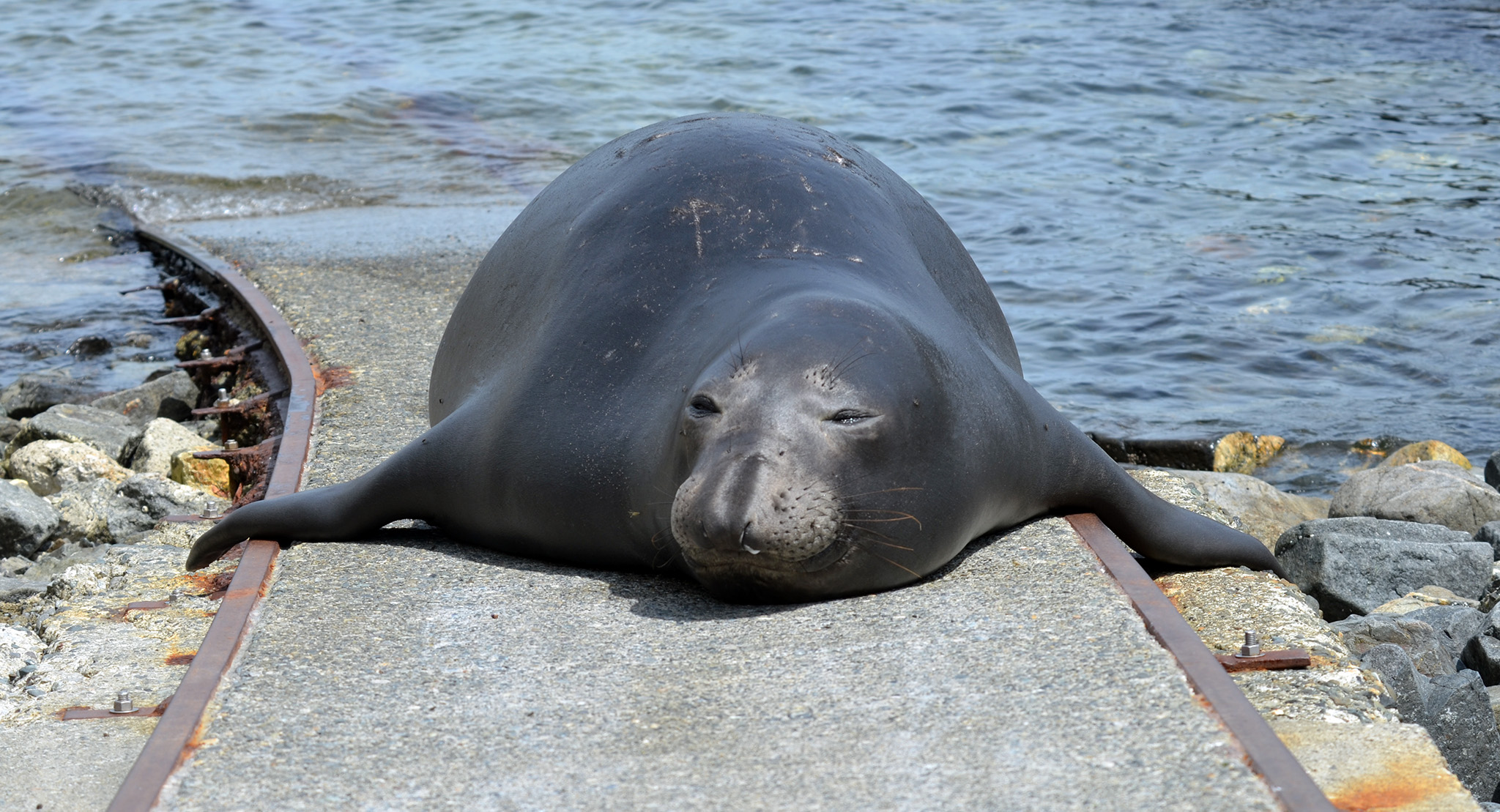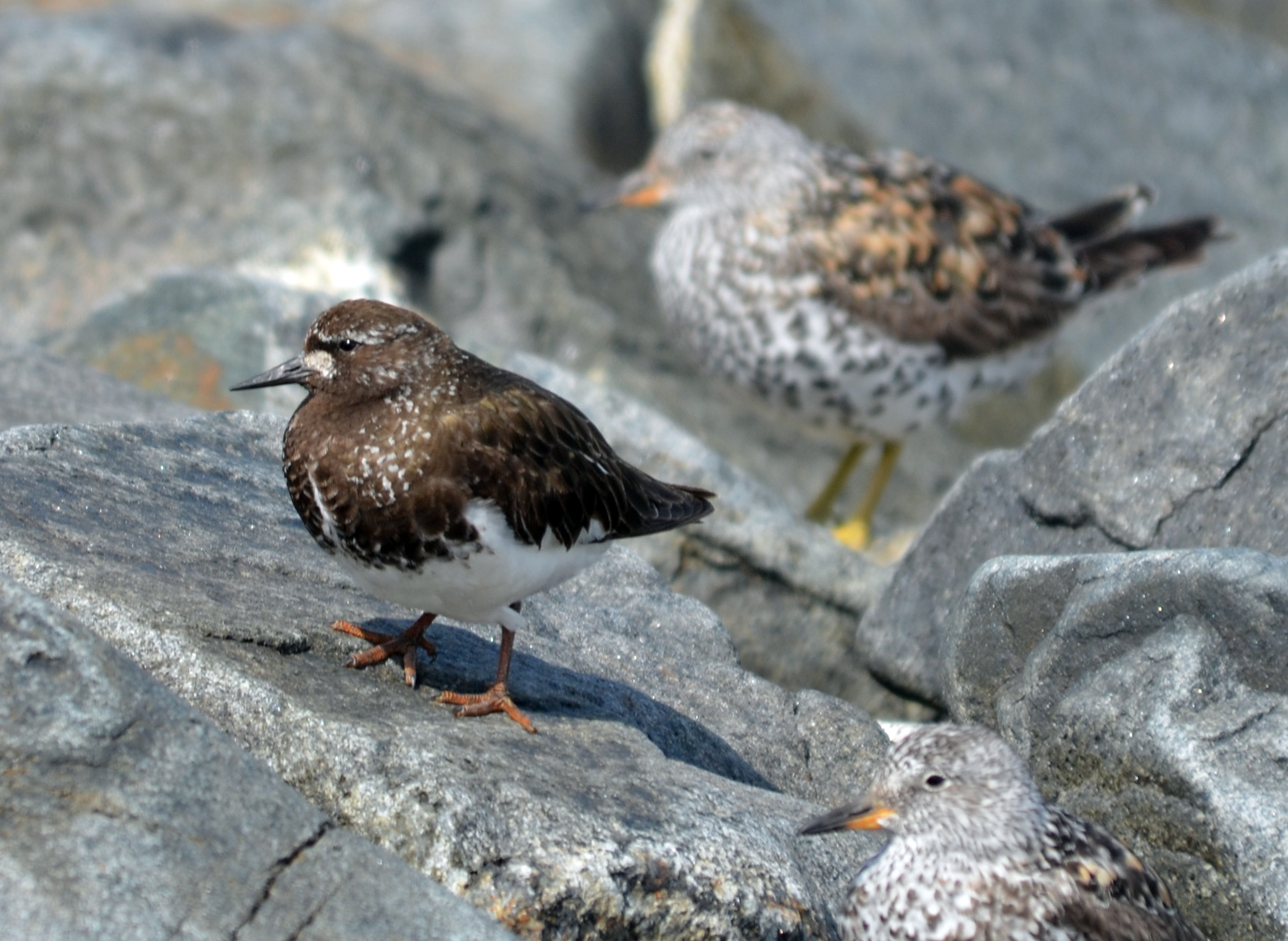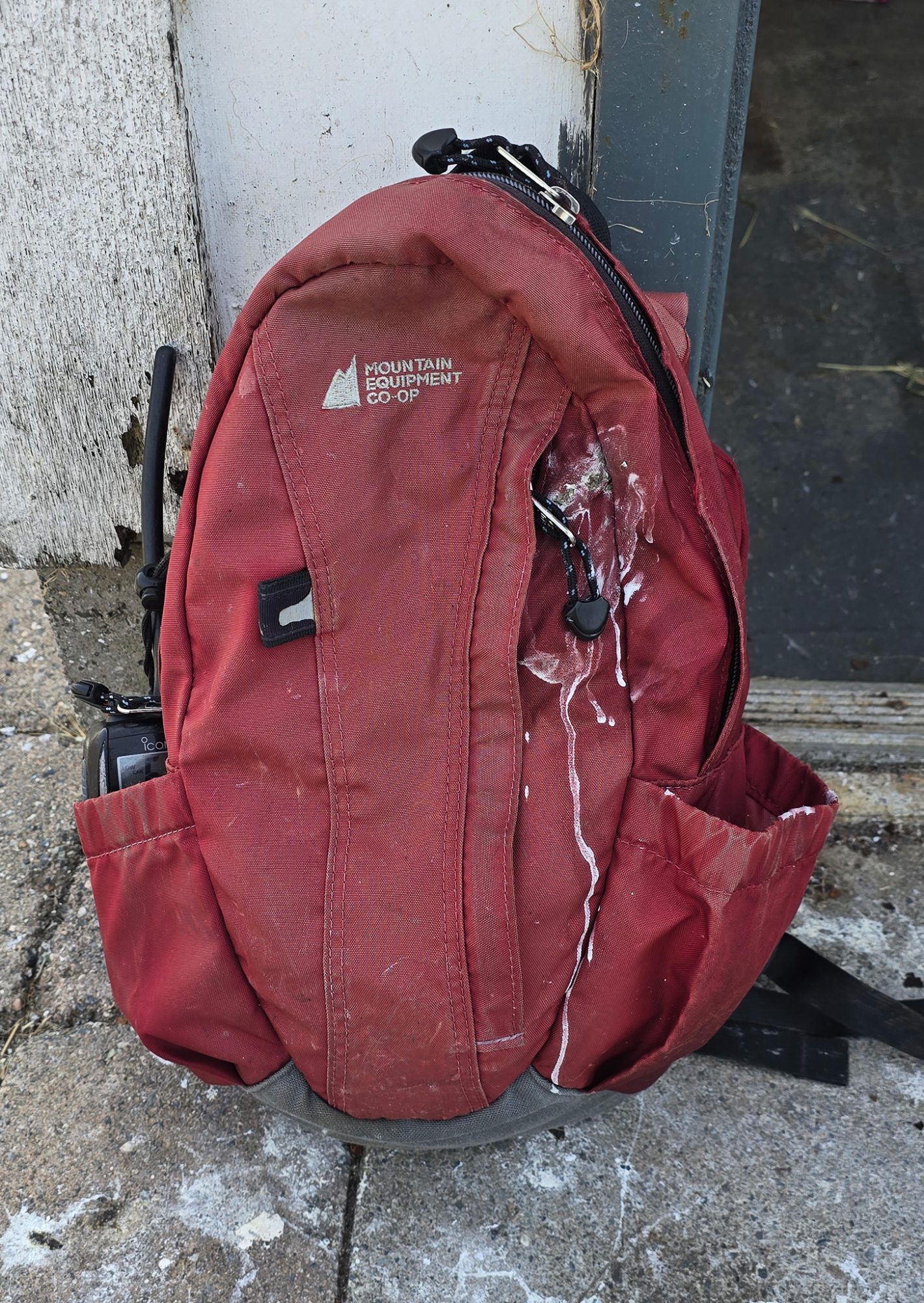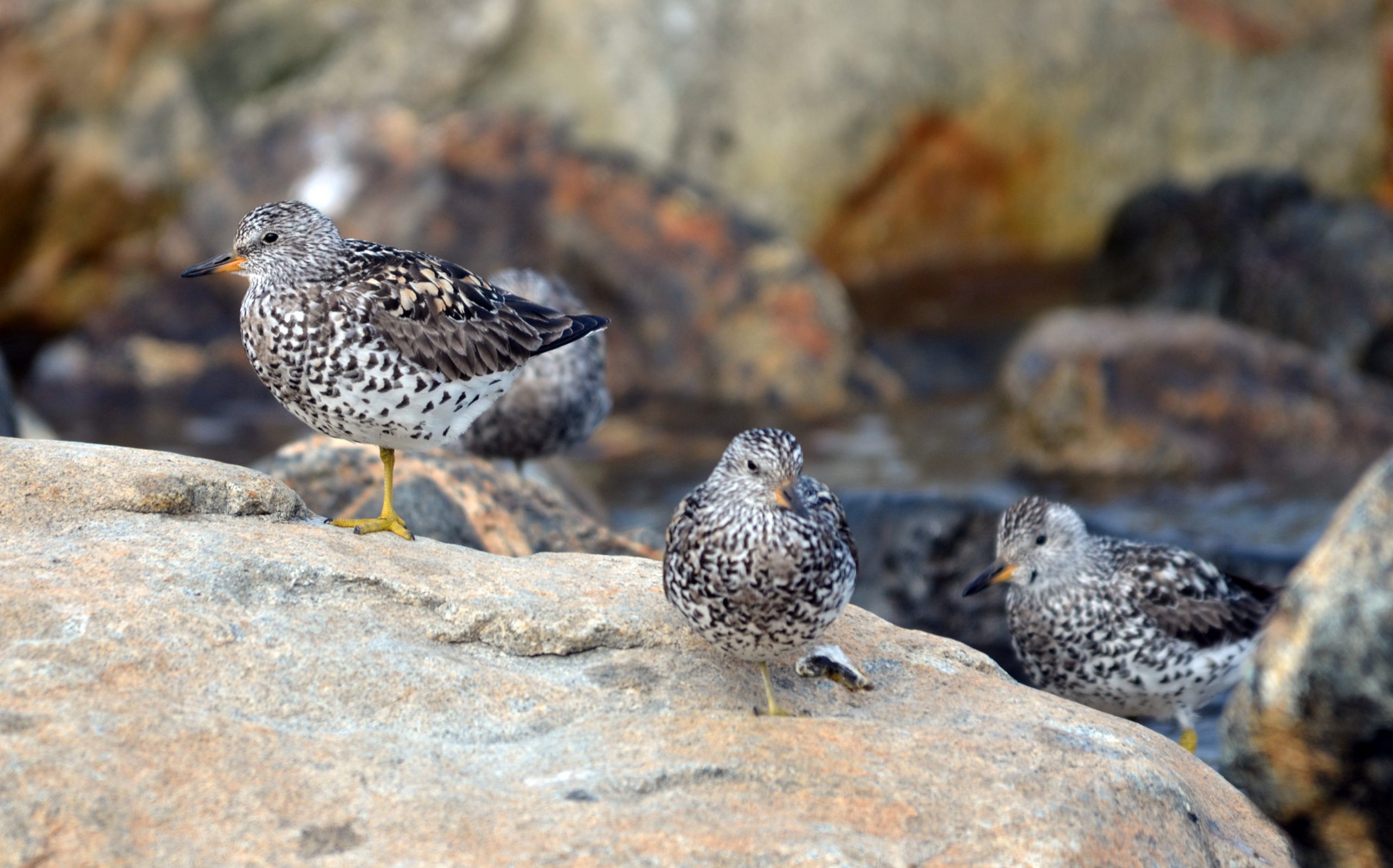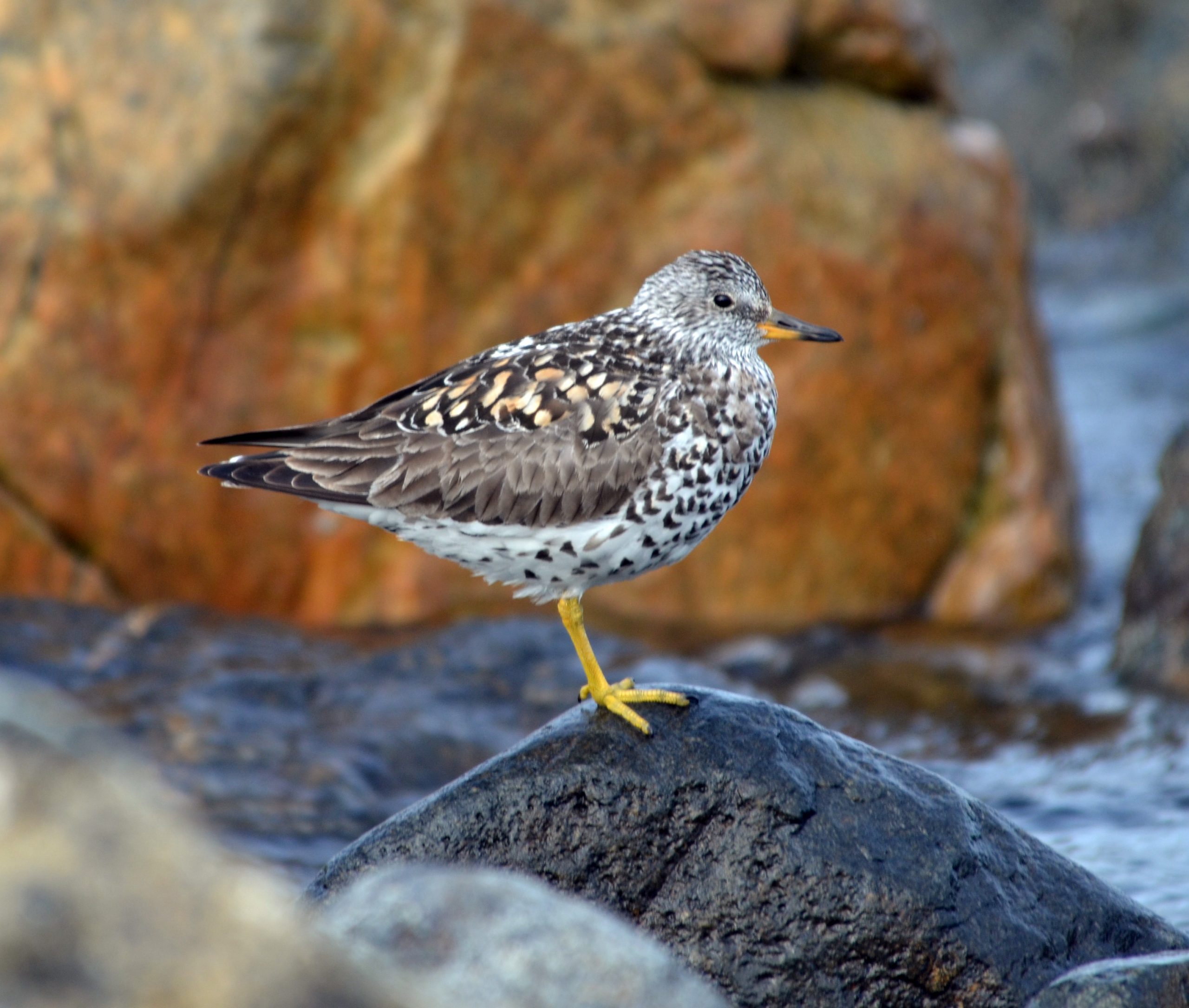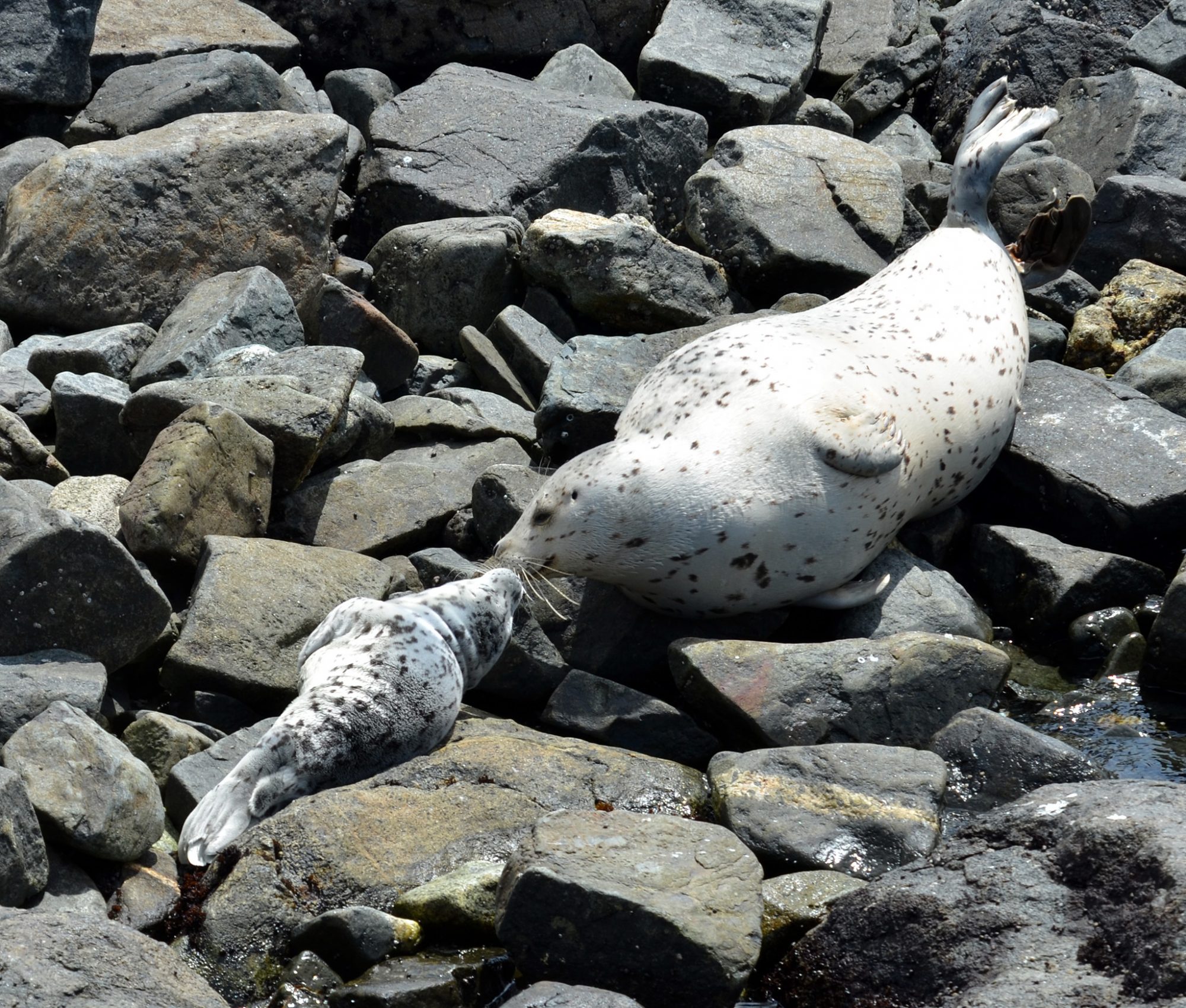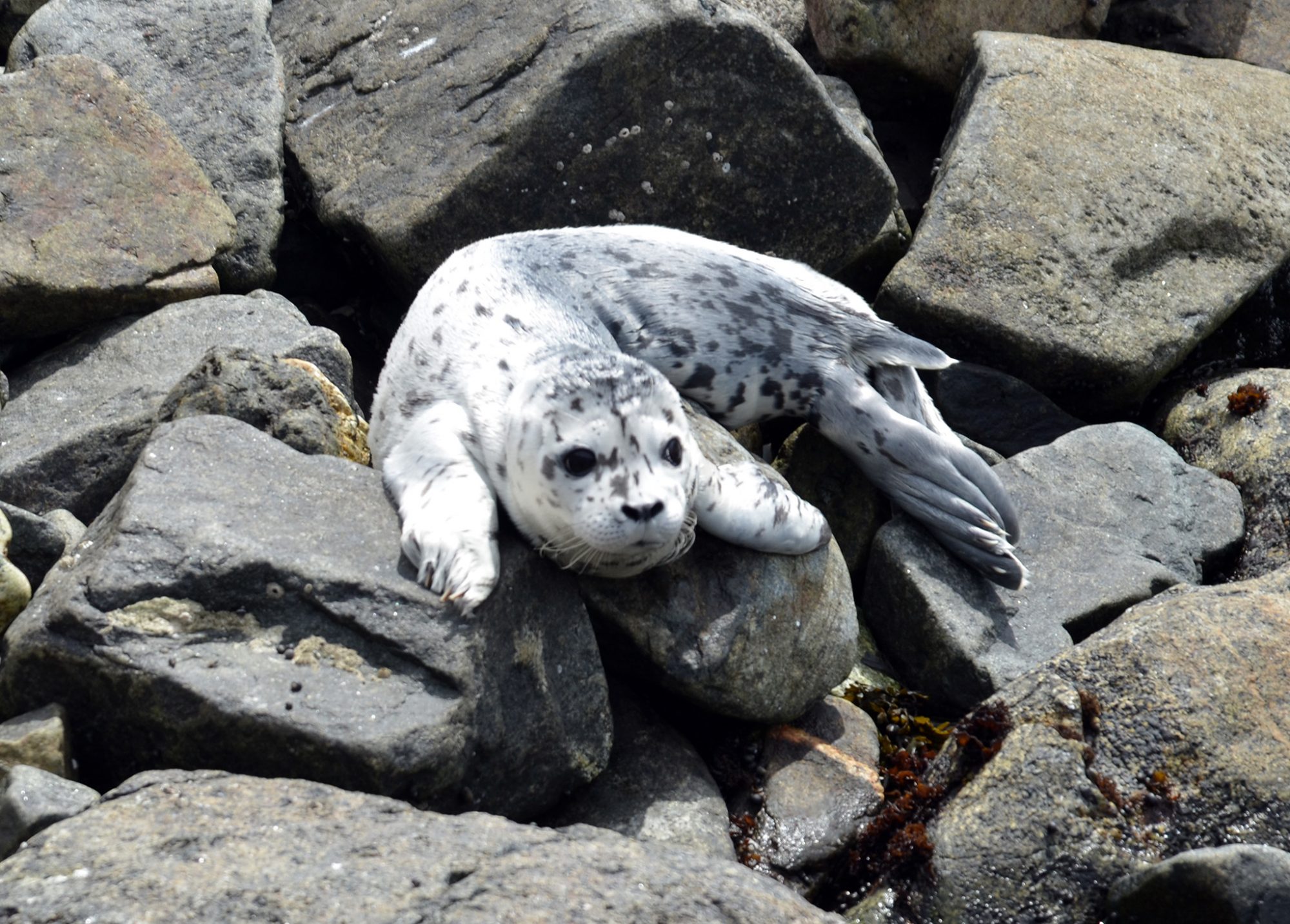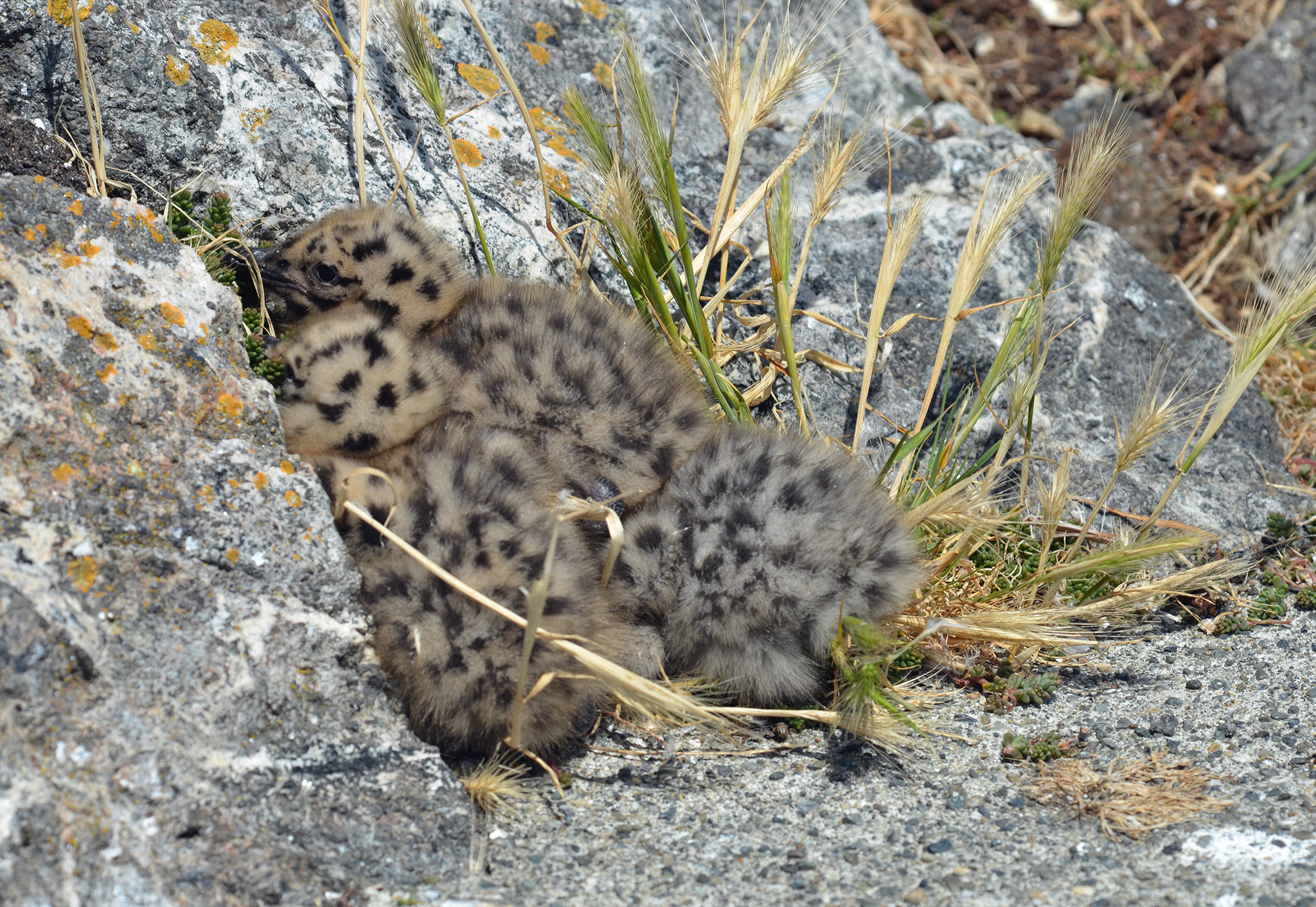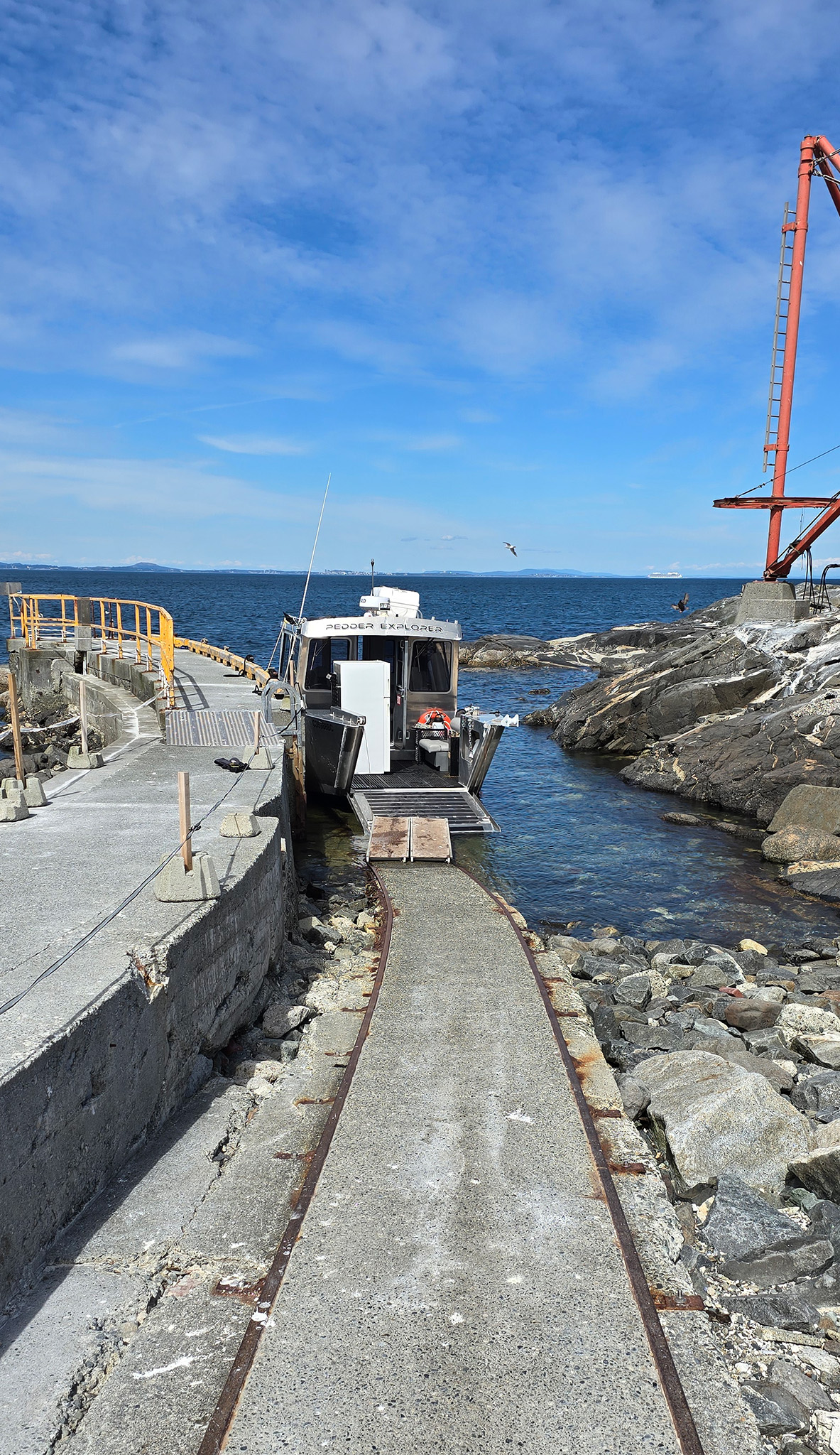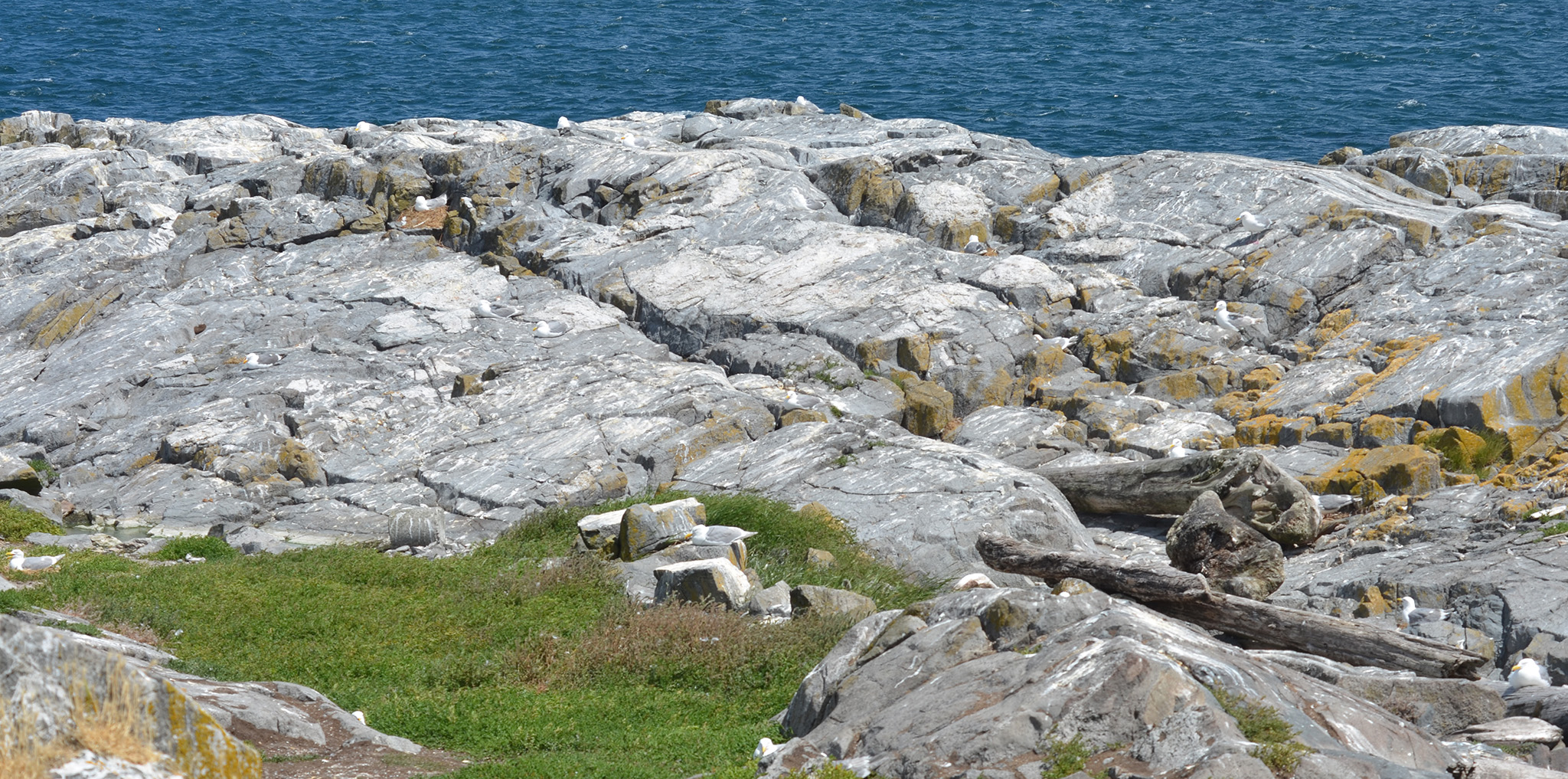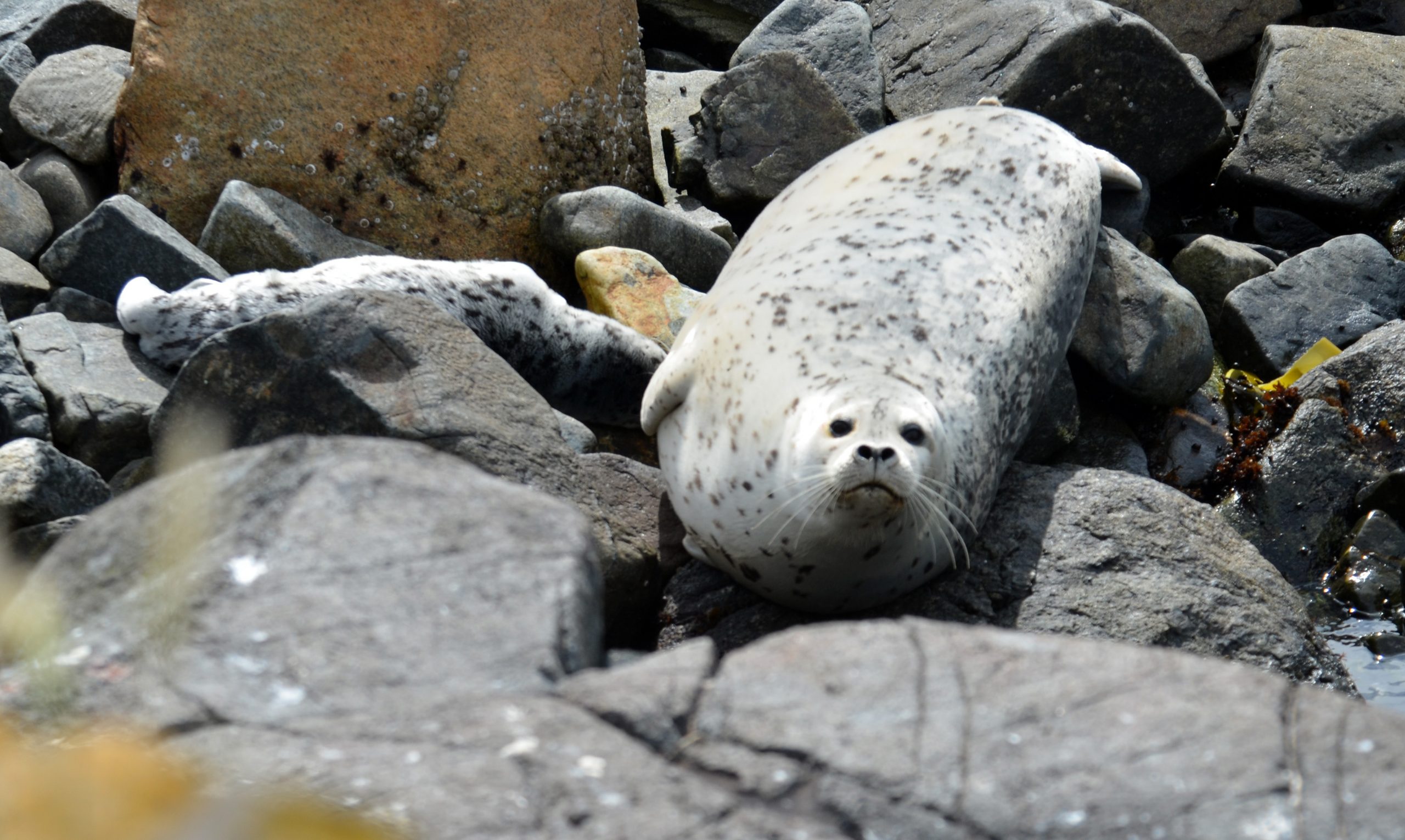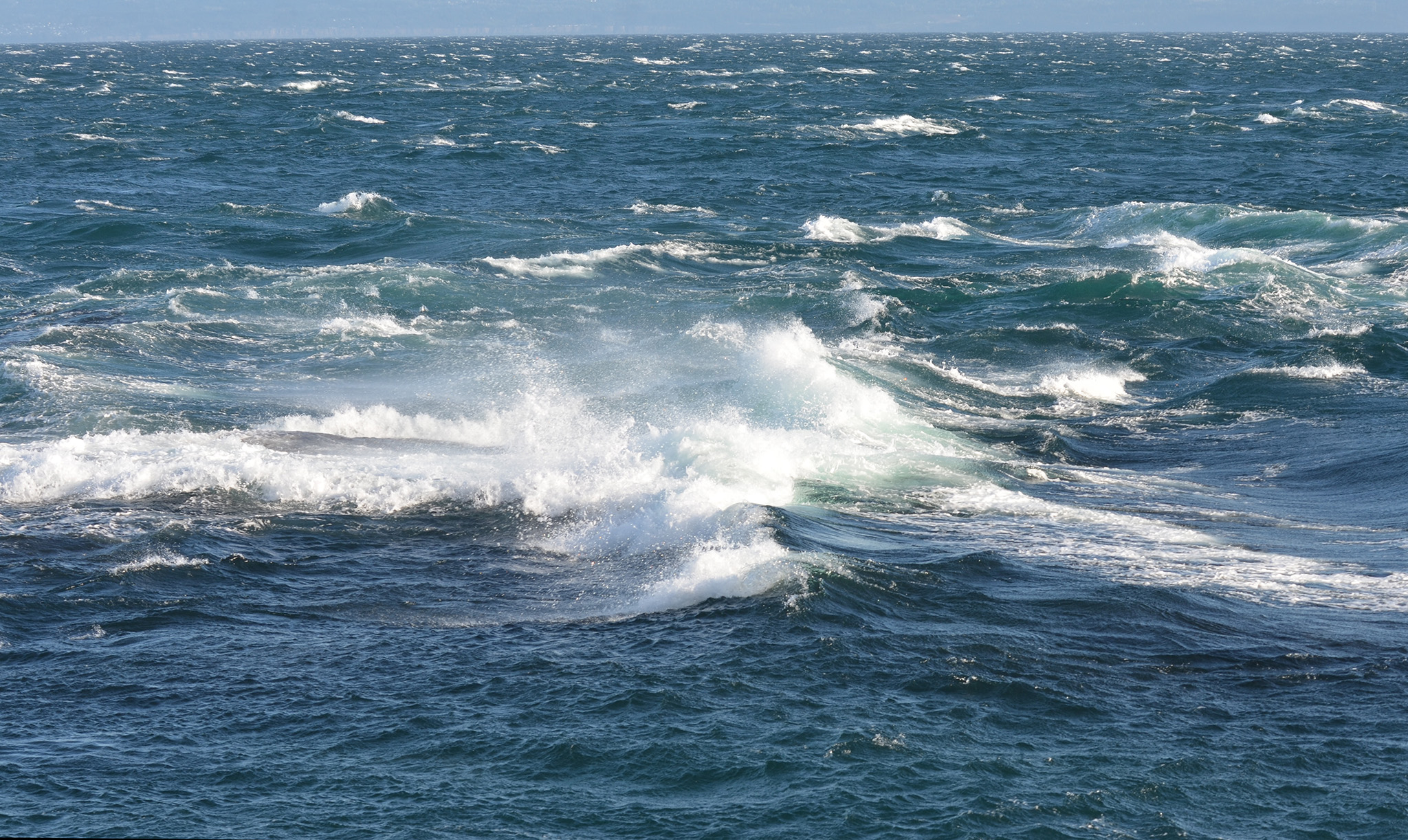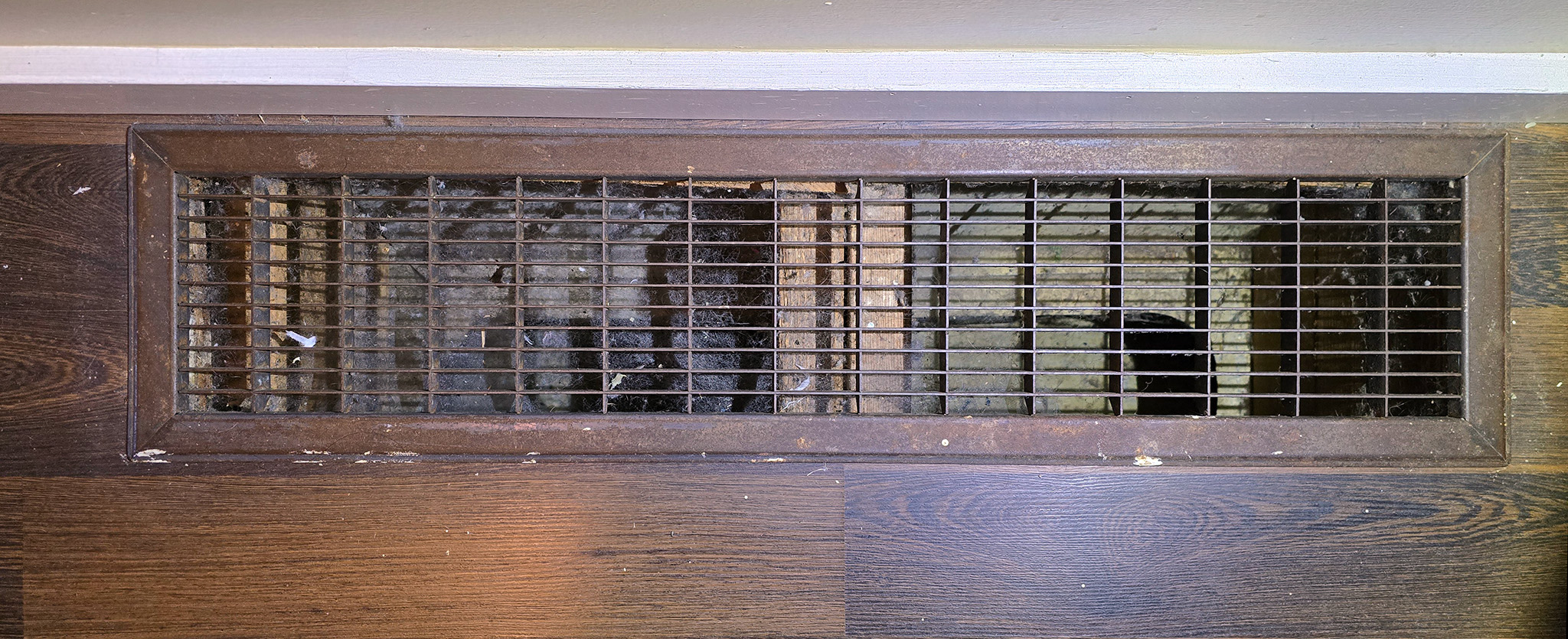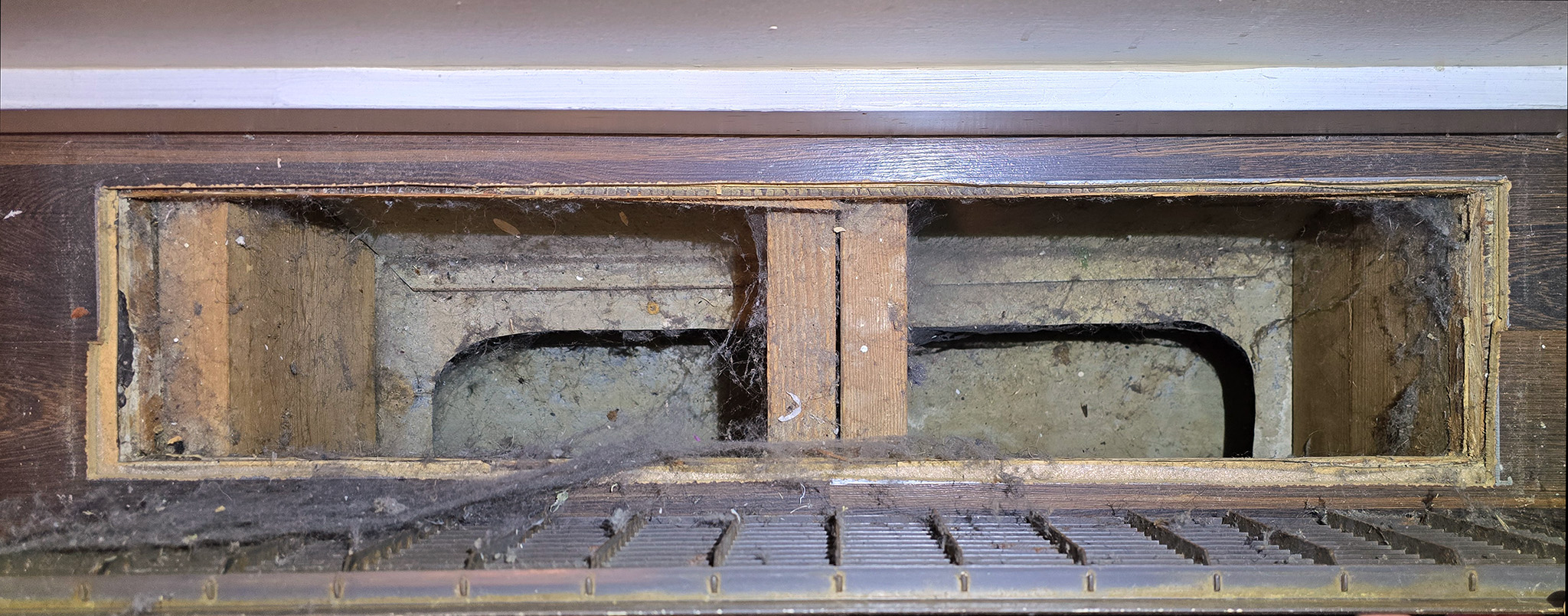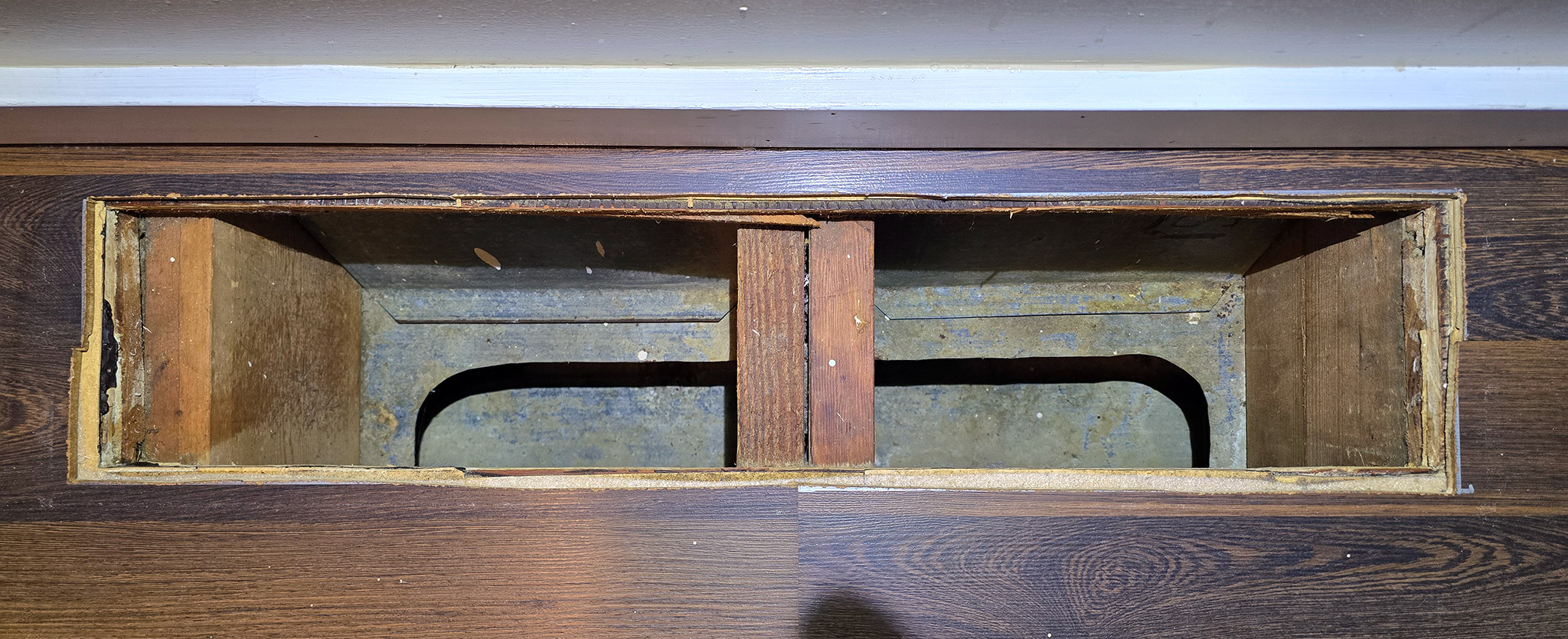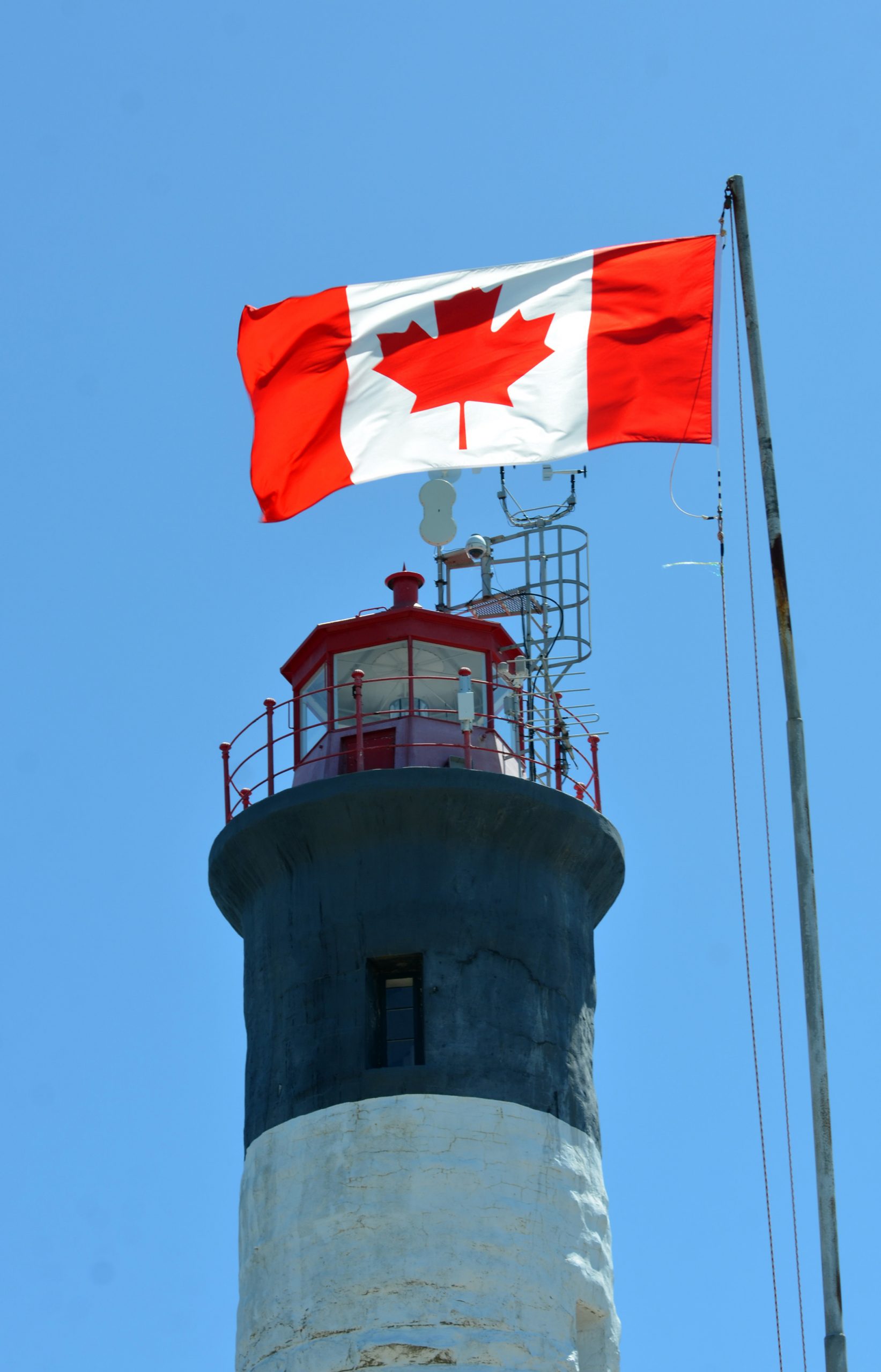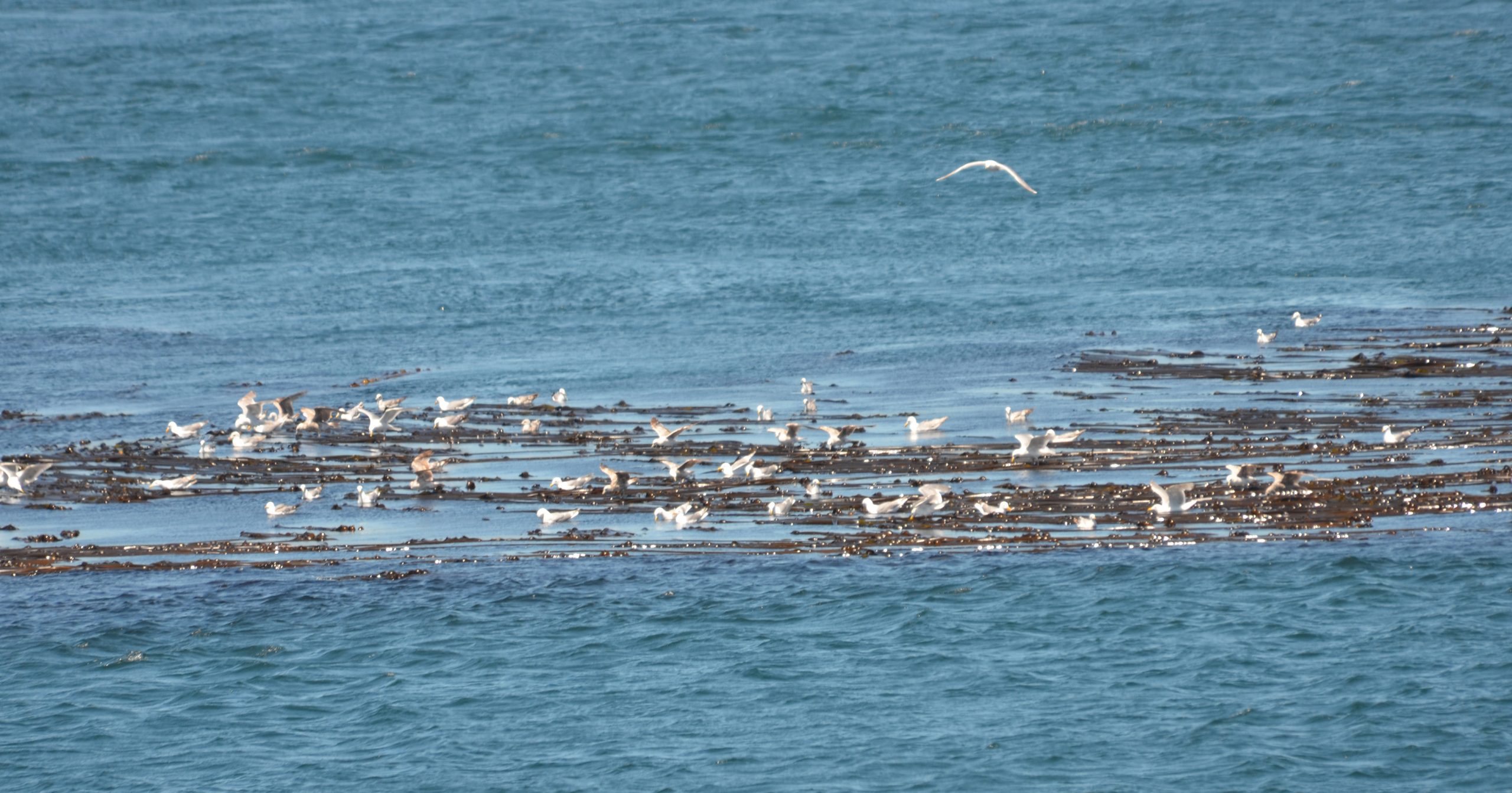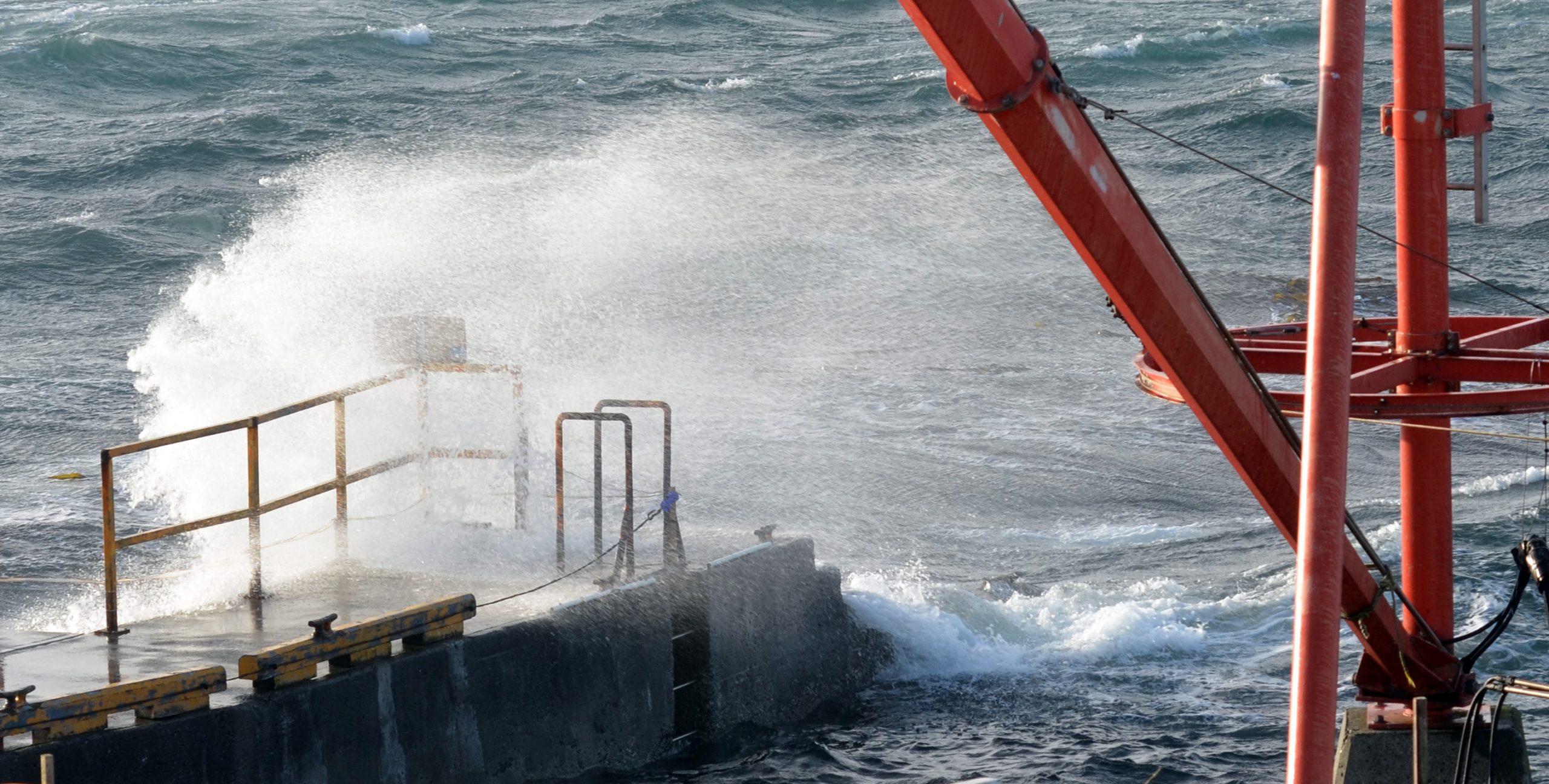Sign gull was so pleasant when sitting on her eggs. Quiet, cute, muted yeows when I walked by or climbed the rock to raise or lower flag. When a visitor came to the island and worried about the gulls, I’d say oh don’t worry about that one, she is nice. Her chicks are running around now and those days are over. Today she made contact and I received a blow to the back of the head and a complimentary load of poo dumped down my back and arm. I also got nailed cleaning the solar panels and then going down to the Jetty to do the sea water measurements.
With all the mention of gull poo, I thought I would devote this entry to the cloaca. Gulls have only one rear opening (orifice), the cloaca, that they use for everything: mating, laying eggs and for excreting wastes. Wastes from both their digestive (feces or poo), and urinary systems (uric acid or pee – we humans make more water intensive urea) are released simultaneously from the cloaca and then dumped on me. The white part is the uric acid and the coloured or granular parts are the feces. So technically I am not just getting pooped on and the official name for this excrement is guano, although this term is used most famously for the dried accumulations of their excrement. Guano or “white gold” is an excellent, valuable, nitrogen-rich fertilizer that was in demand world wide. There is a period in history called the Guano Age (1802–1884) where countries were claiming or annexing islands to get a supply of guano. The Guano Era (1845 – 1866) was a prosperous time for Peru but not for the sea bird who suffered from habitat destruction. With its wealth Peru was able to pay off its debt, abolish indigenous tribute and African slavery and reform its education and judicial system.
Lastly, guano is also famous as the namesake of one of the four nucleotide bases that make up our DNA: A,C,G,T – adenine, cytosine, guanine, thymine. A and G are nitrogenous purine bases.
Sources and links from Wikipedia to read more: Bird Anatomy, Guano, Nucleotide base
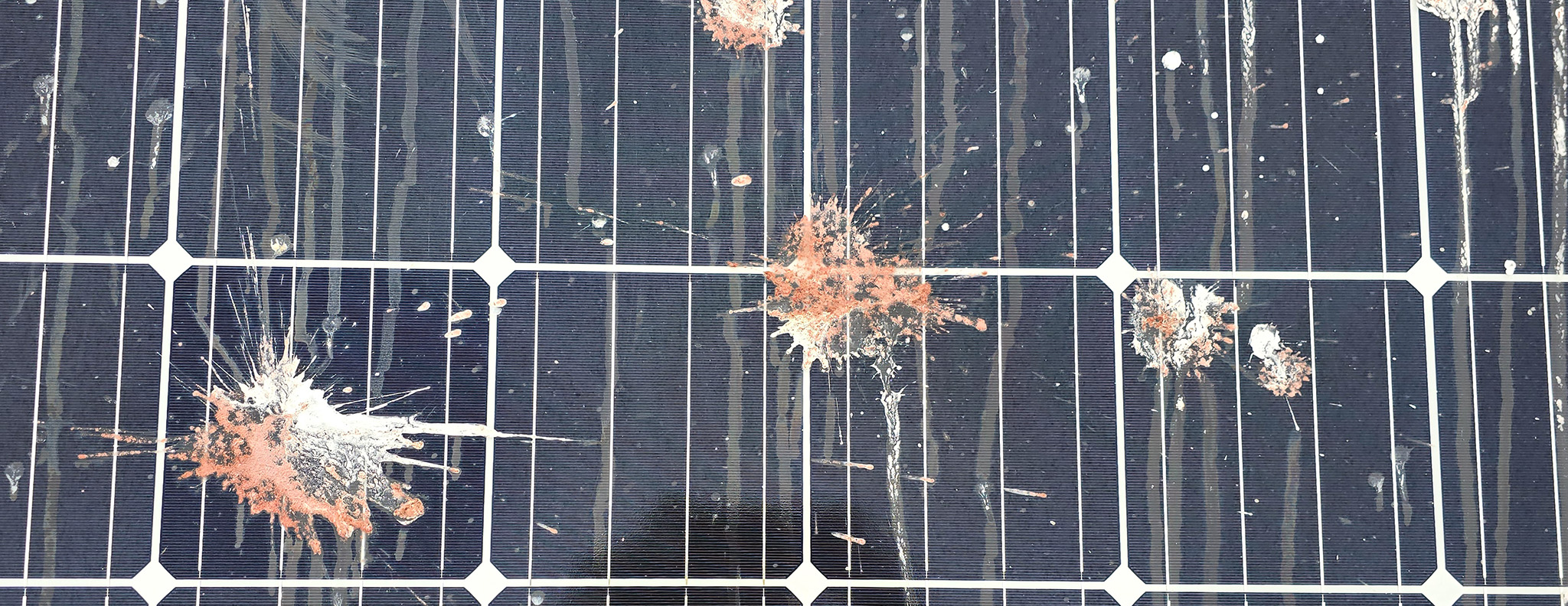
The work of Jackson Pollock Seagull on the Energy Building roof. The white stuff is uric acid, the coloured stuff their feces.
Wildlife notes
One California sealion has returned – the sealions have not been around for a while. A large number of visiting, non-nesting gulls of California, western and glaucous-winged gulls were seen on the western rocks today. I also found a nest with an egg that had parts of its shell chipped away but with the egg membrane still intact.
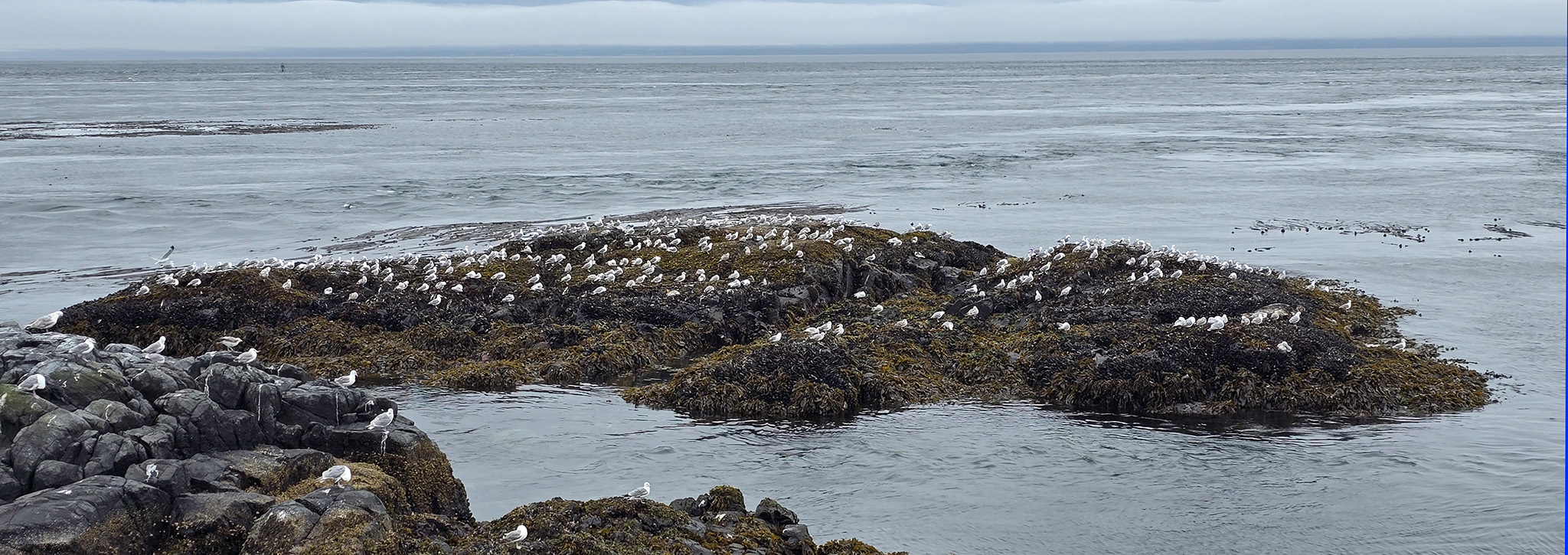
A large collection of gulls on one of the South Seal Rocks. The harbour seals have other one of the rocks to themselves.
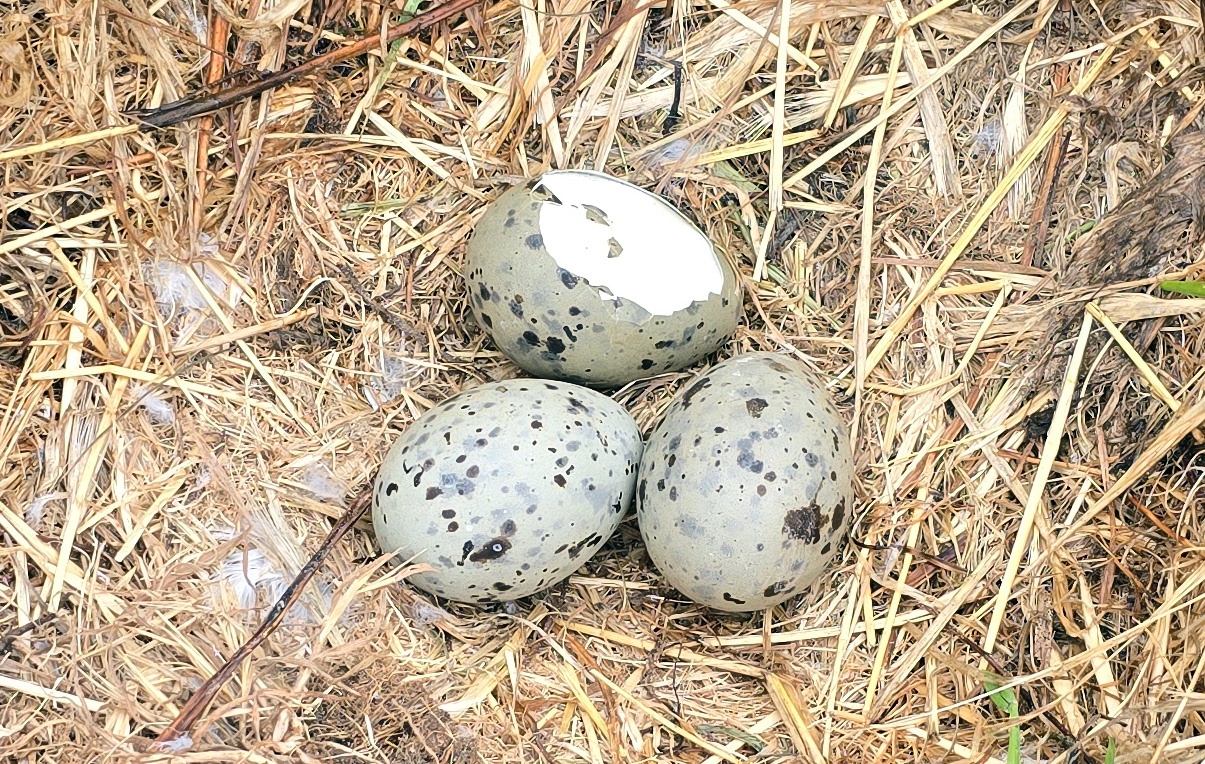
A gull nest near the Energy Building with the shell missing from one of the eggs.
Facility notes
- cleaned solar panels
- ran the generator for the first time since June 27th
- cleaned the outside windows
- chopped kindling
Vessels
Weather
Rain and overcast in the morning with a fresh breeze of variable directions. Skies clearing and winds strengthening in the afternoon. Near gale force WNW winds in the evening. Daytime temperatures: low 12, high 15.
